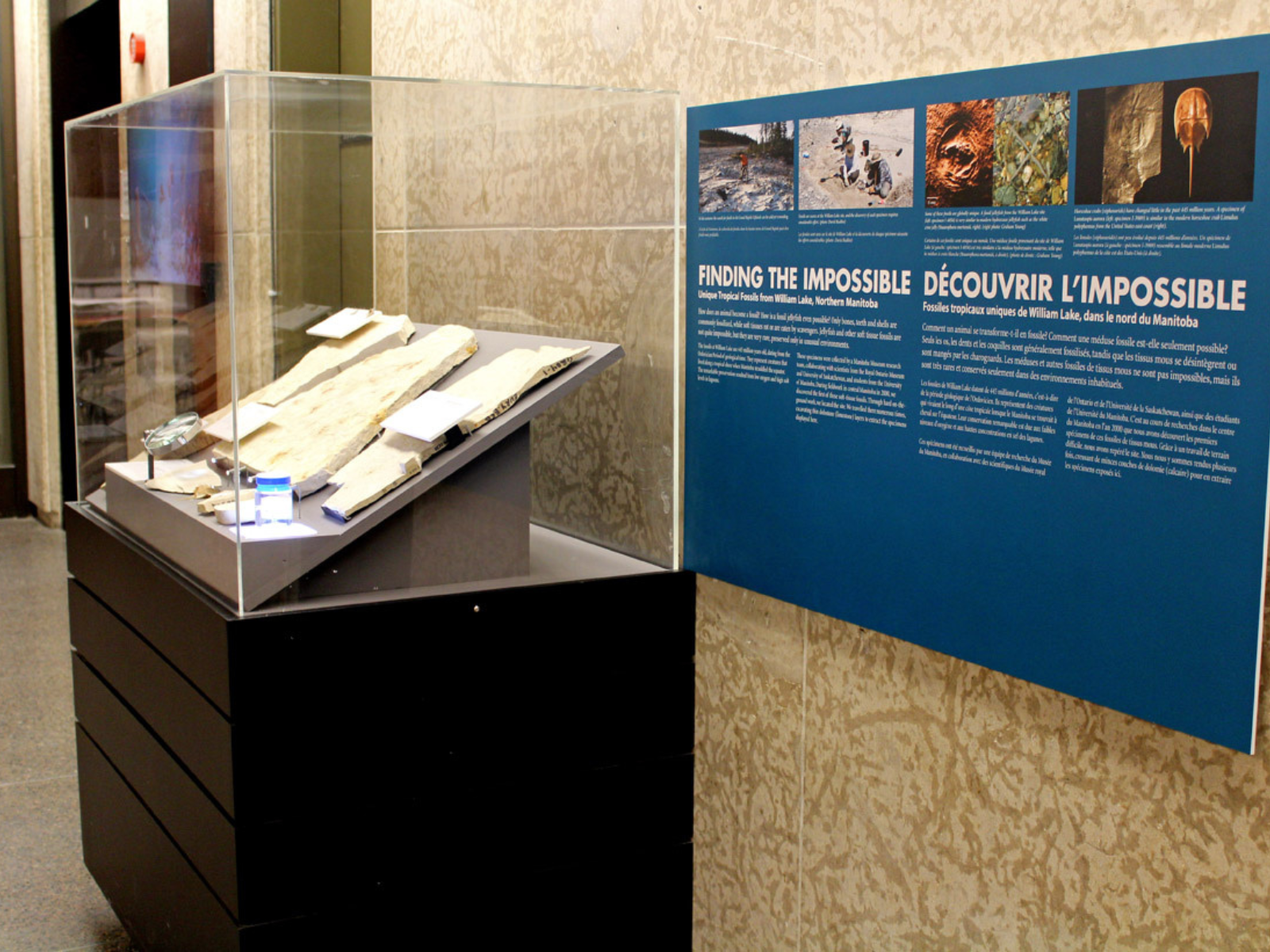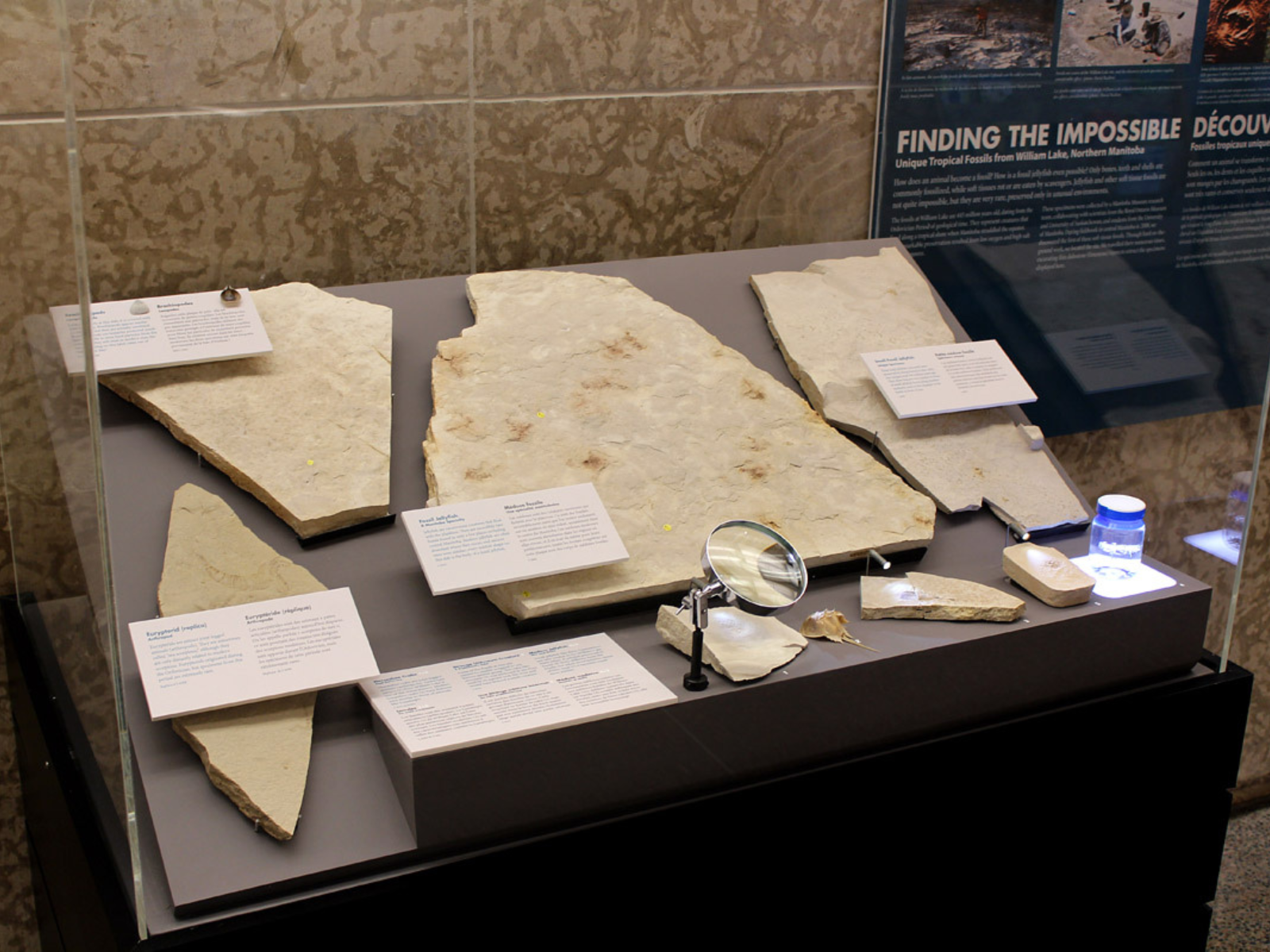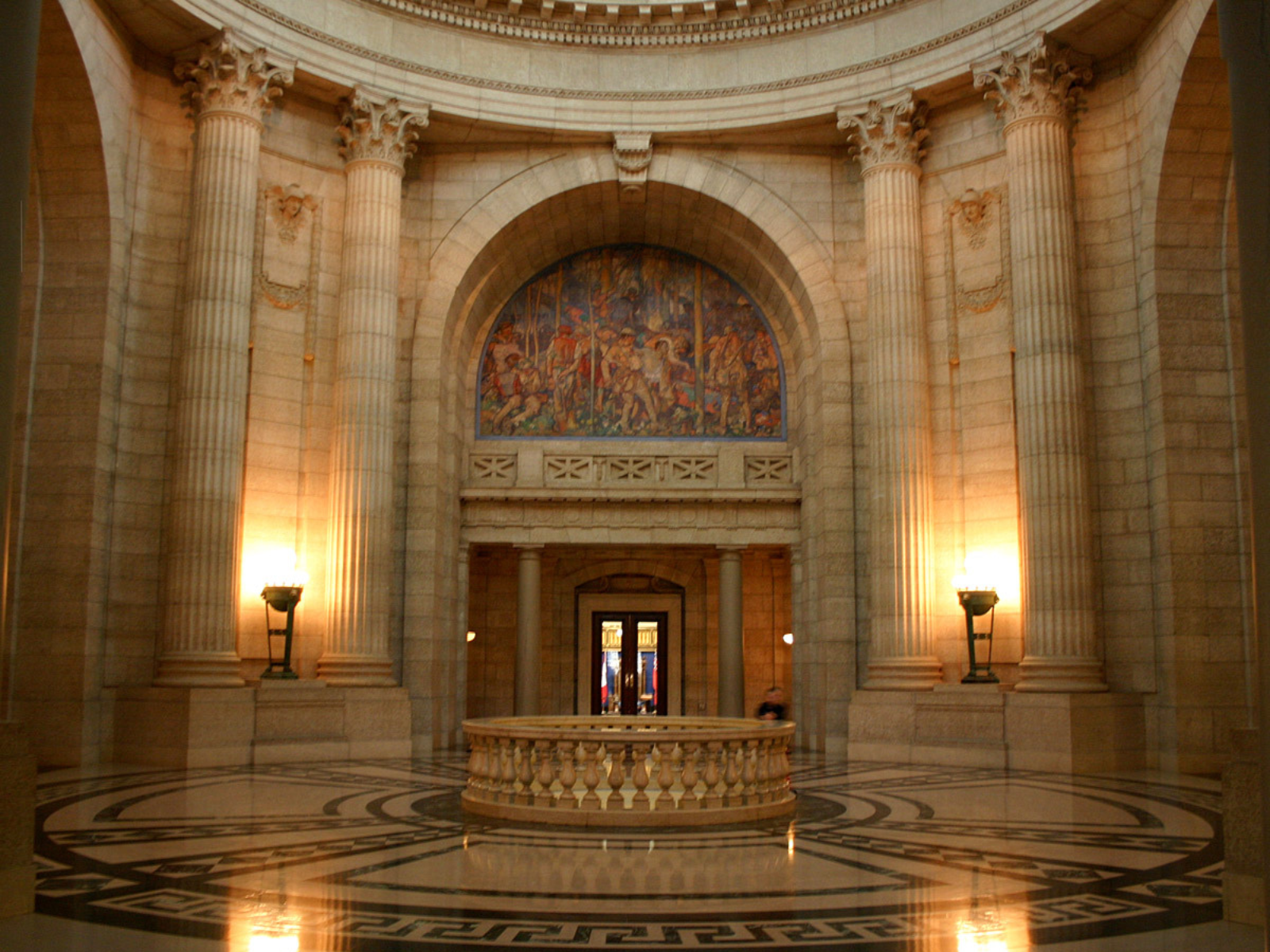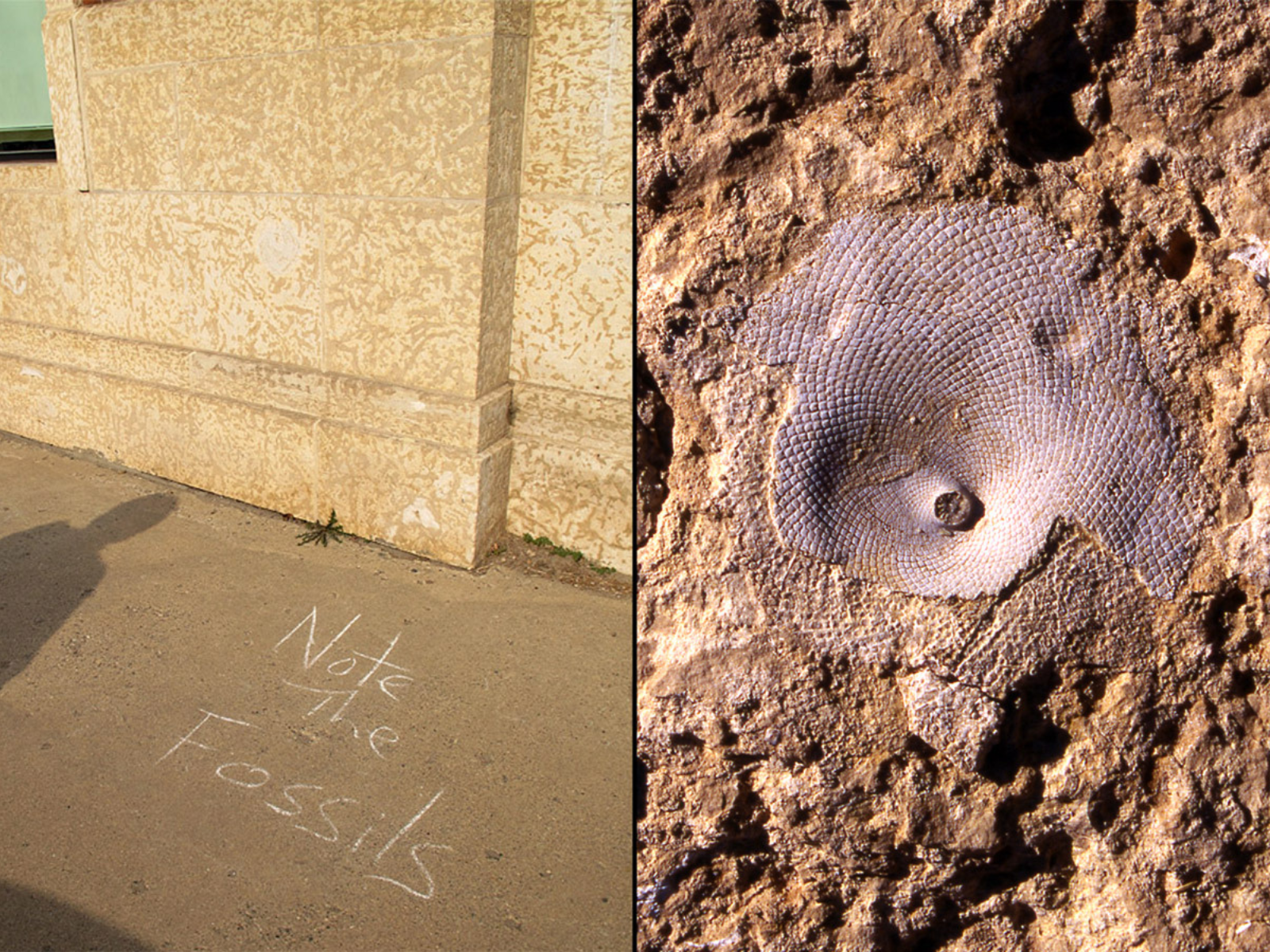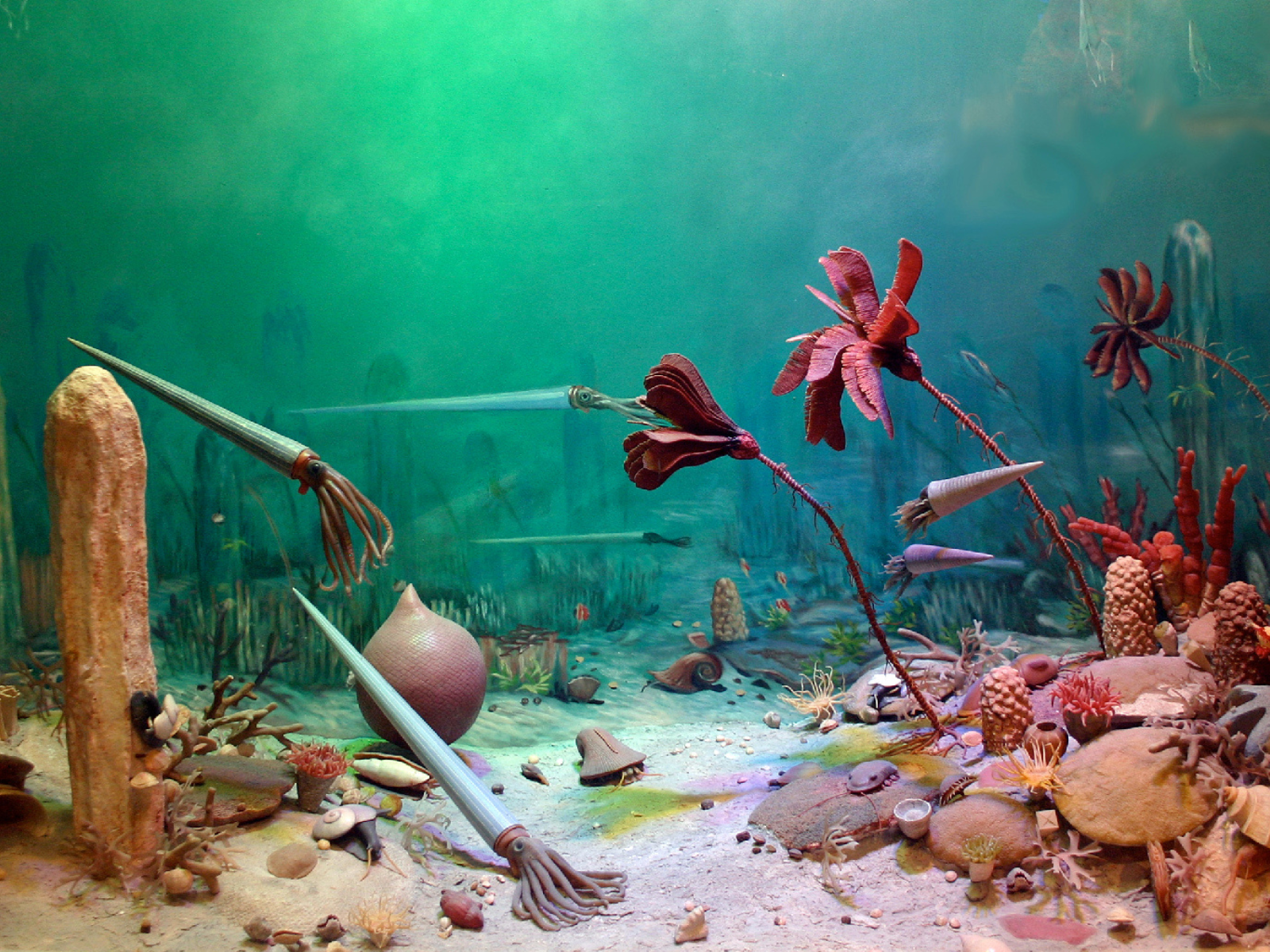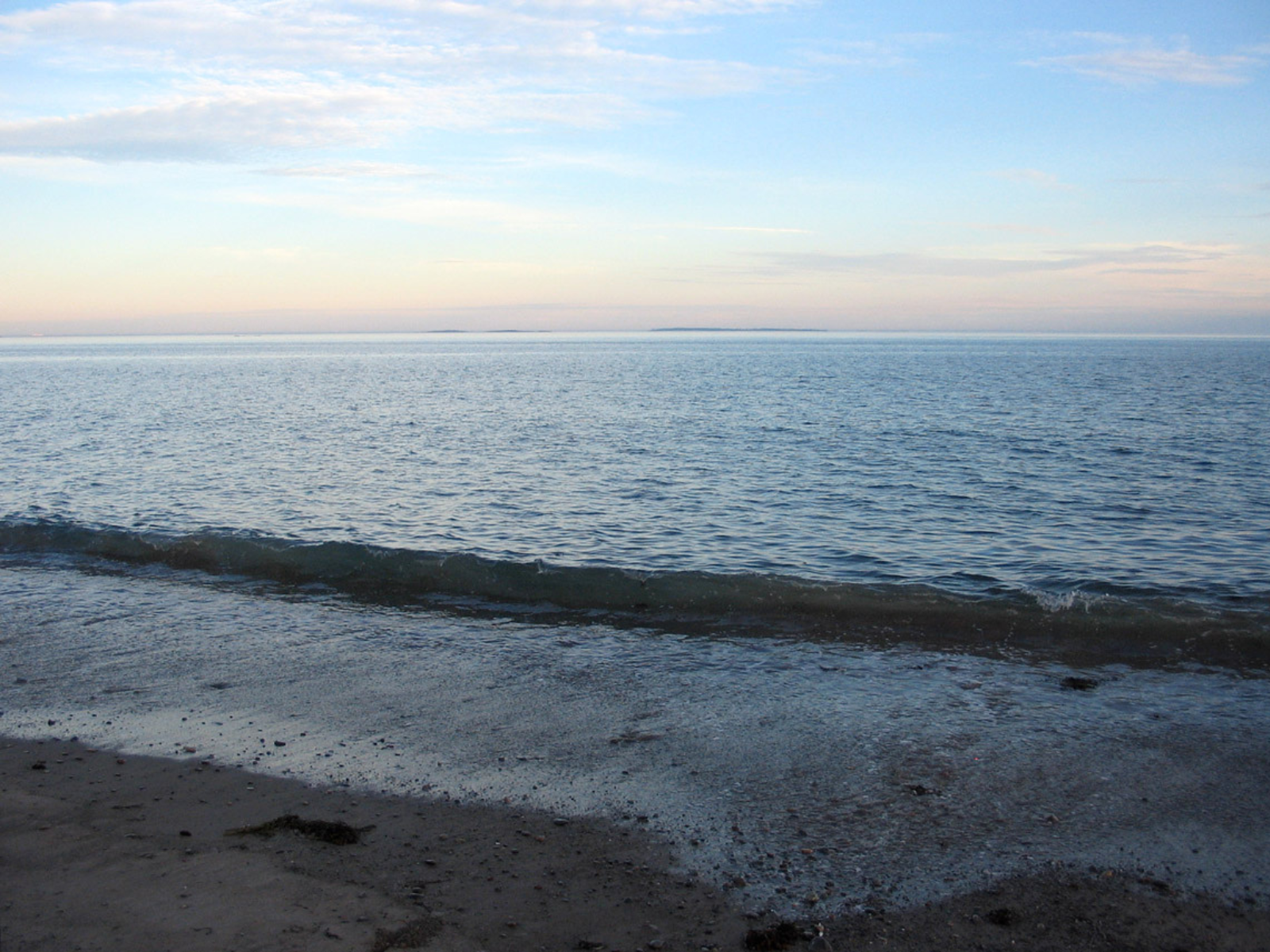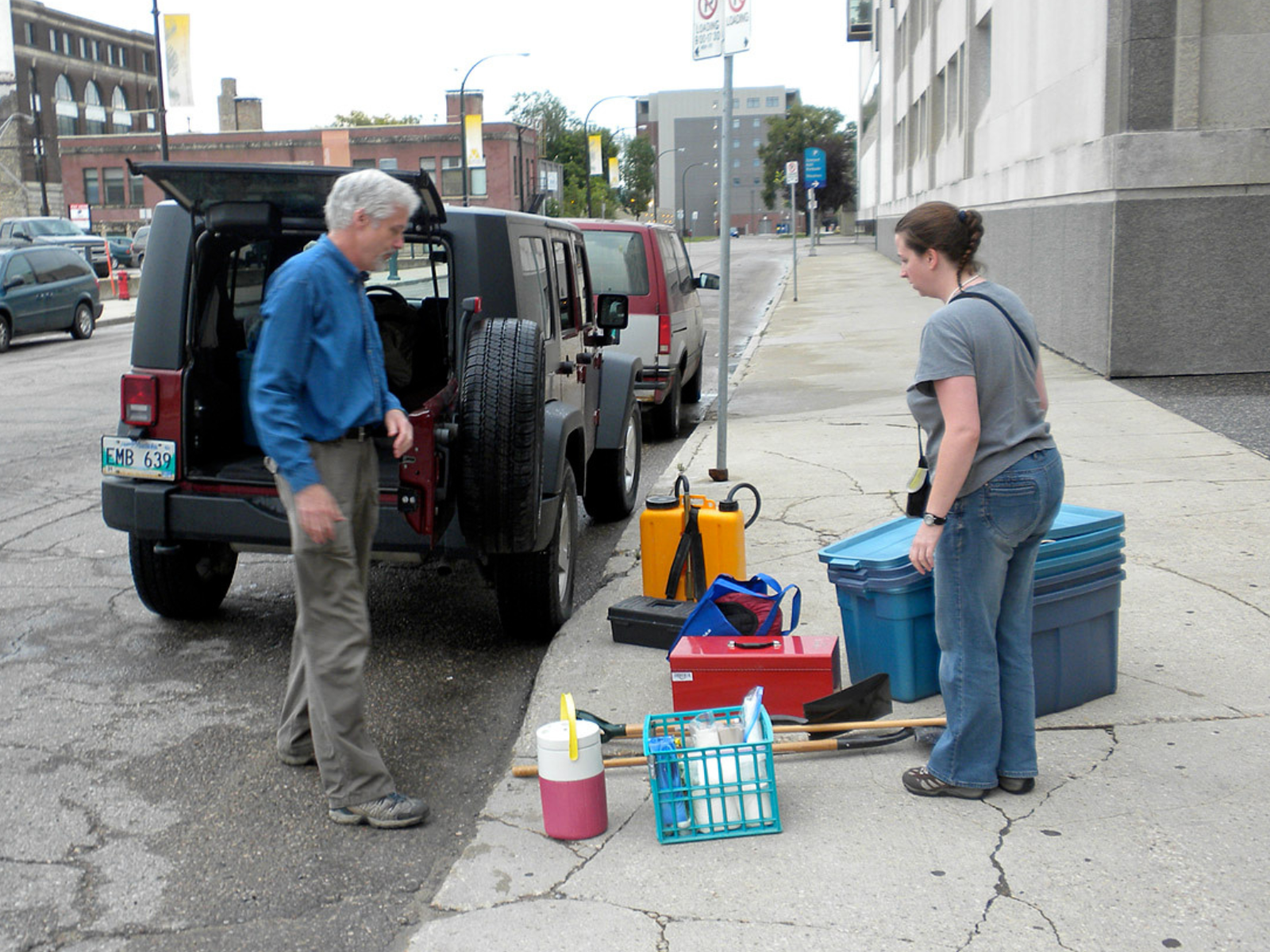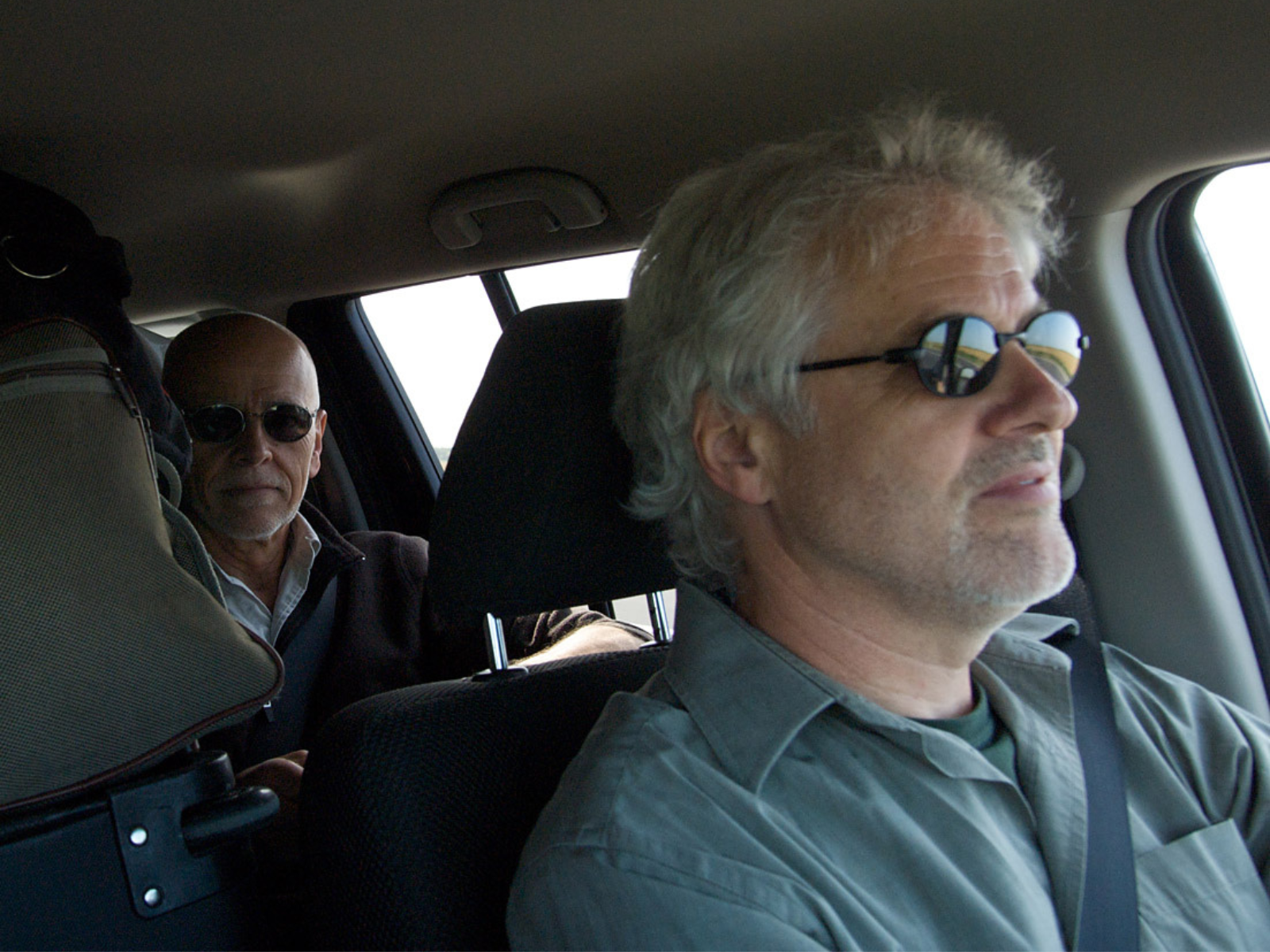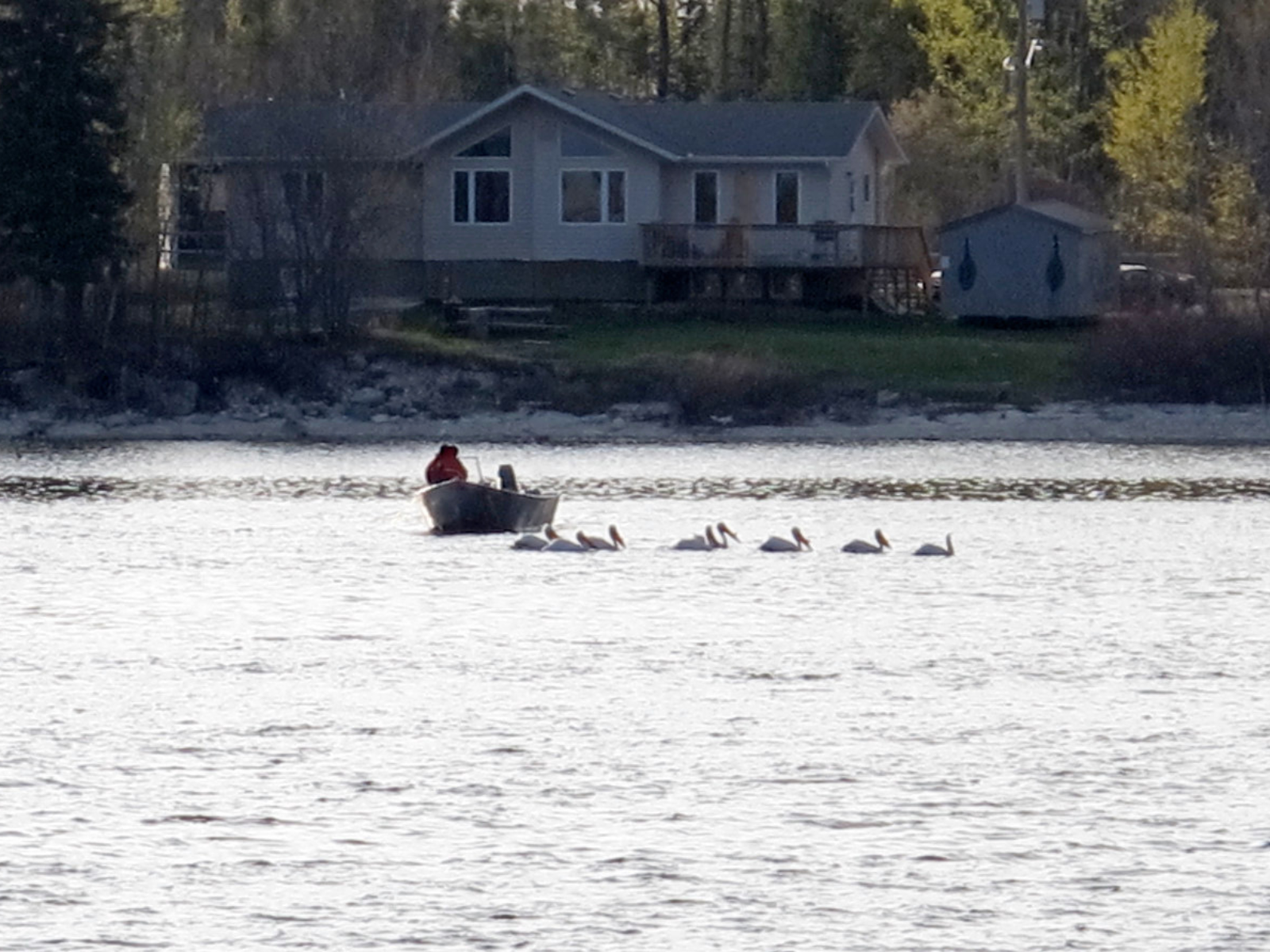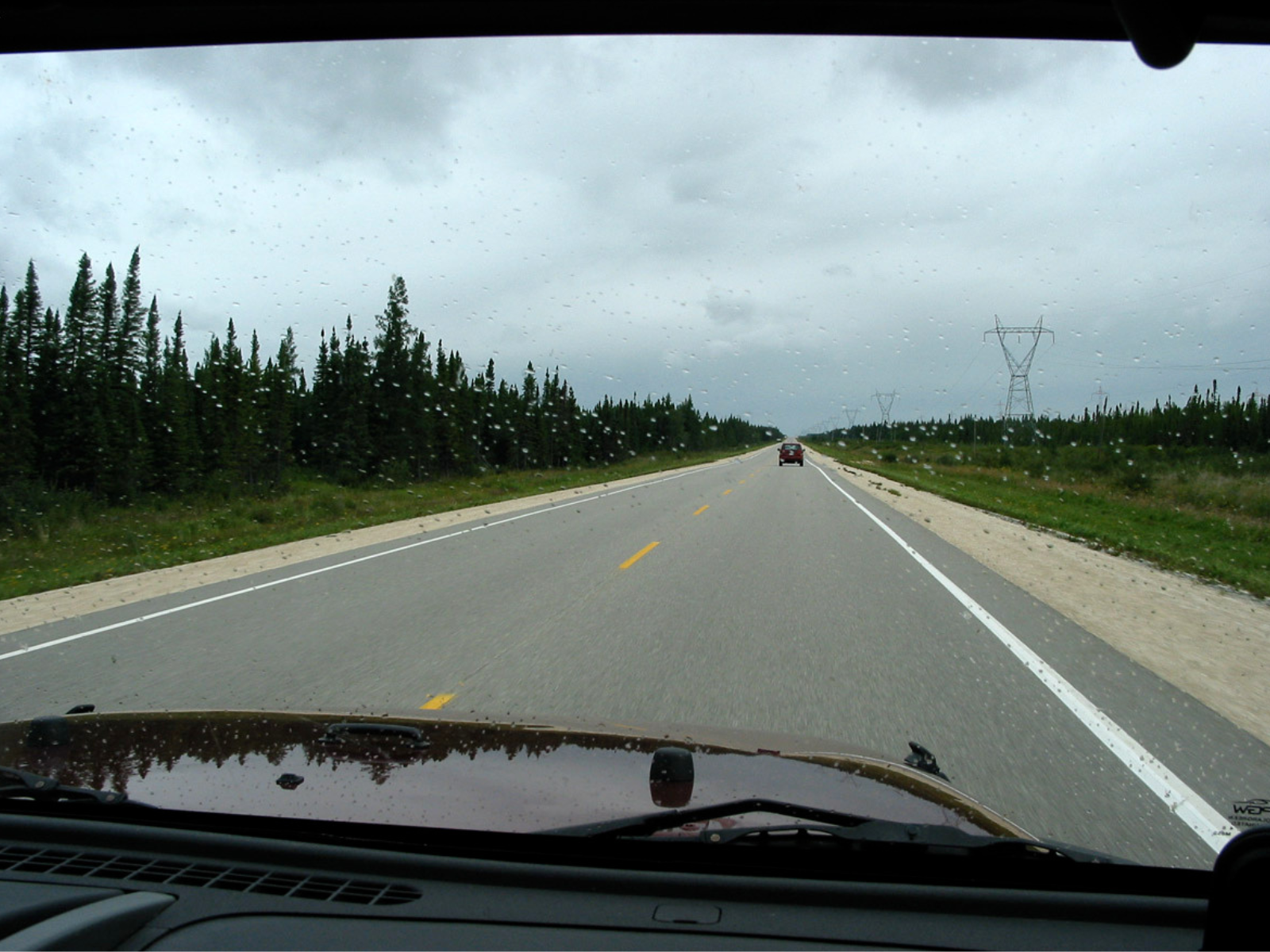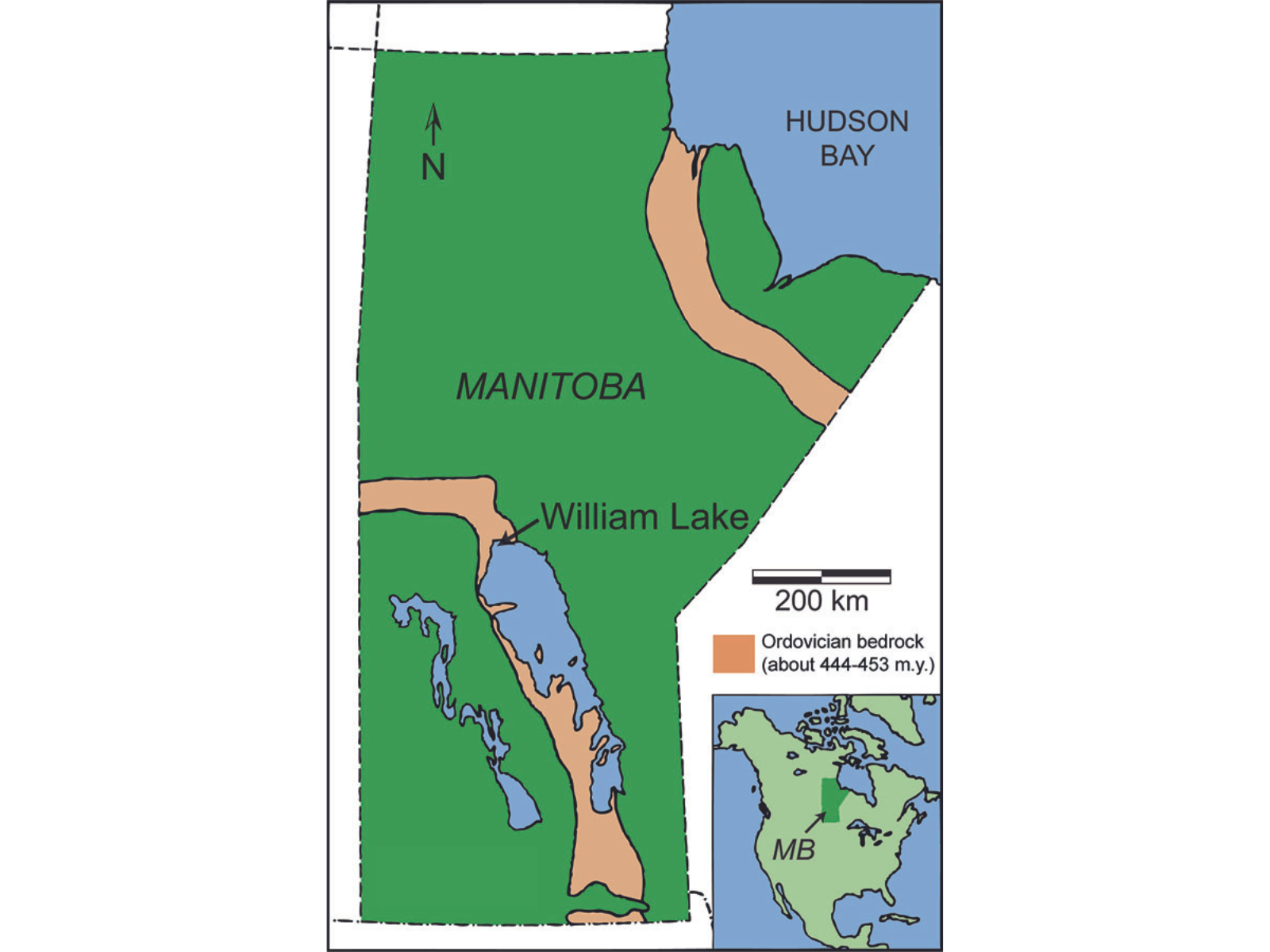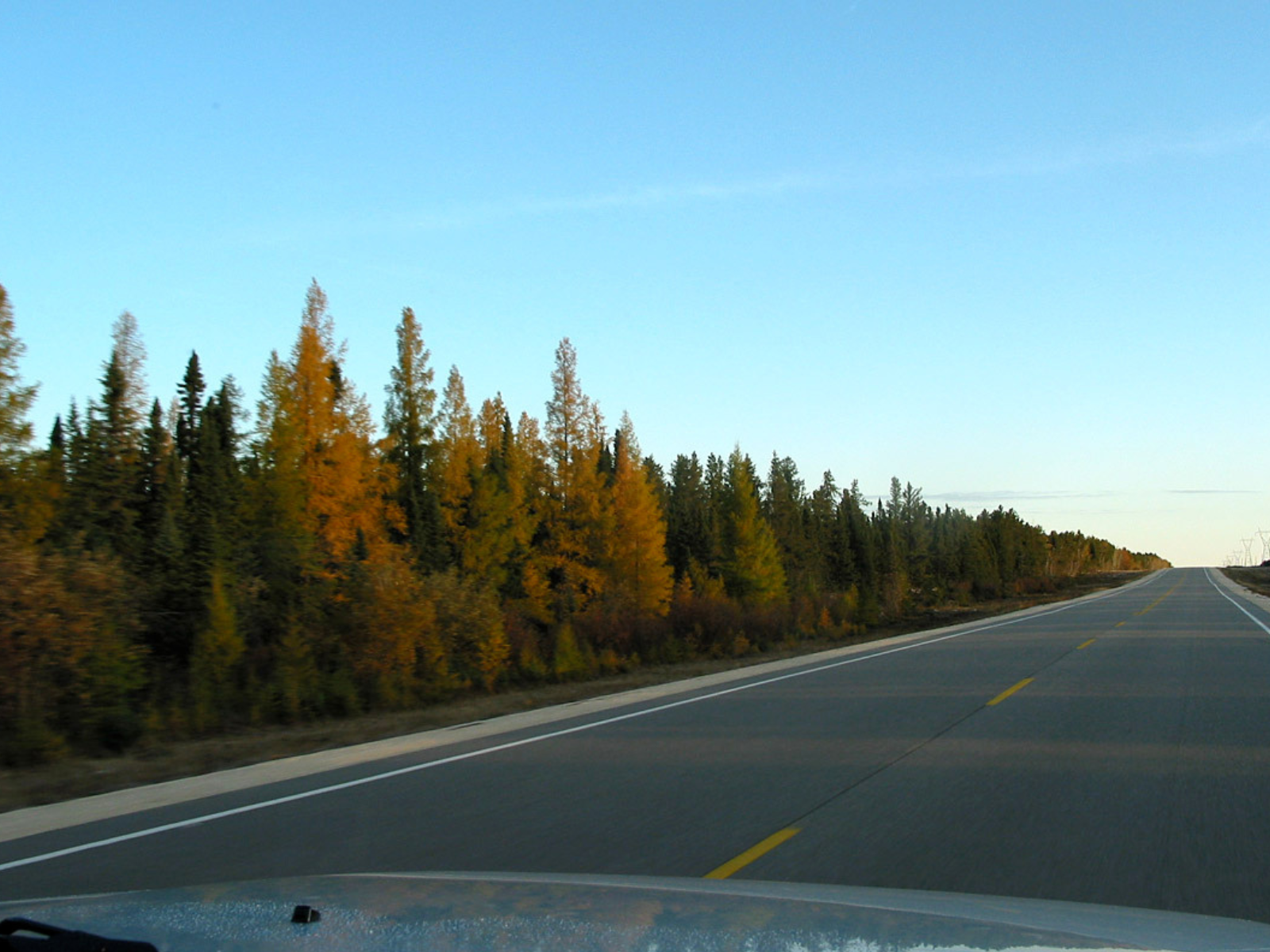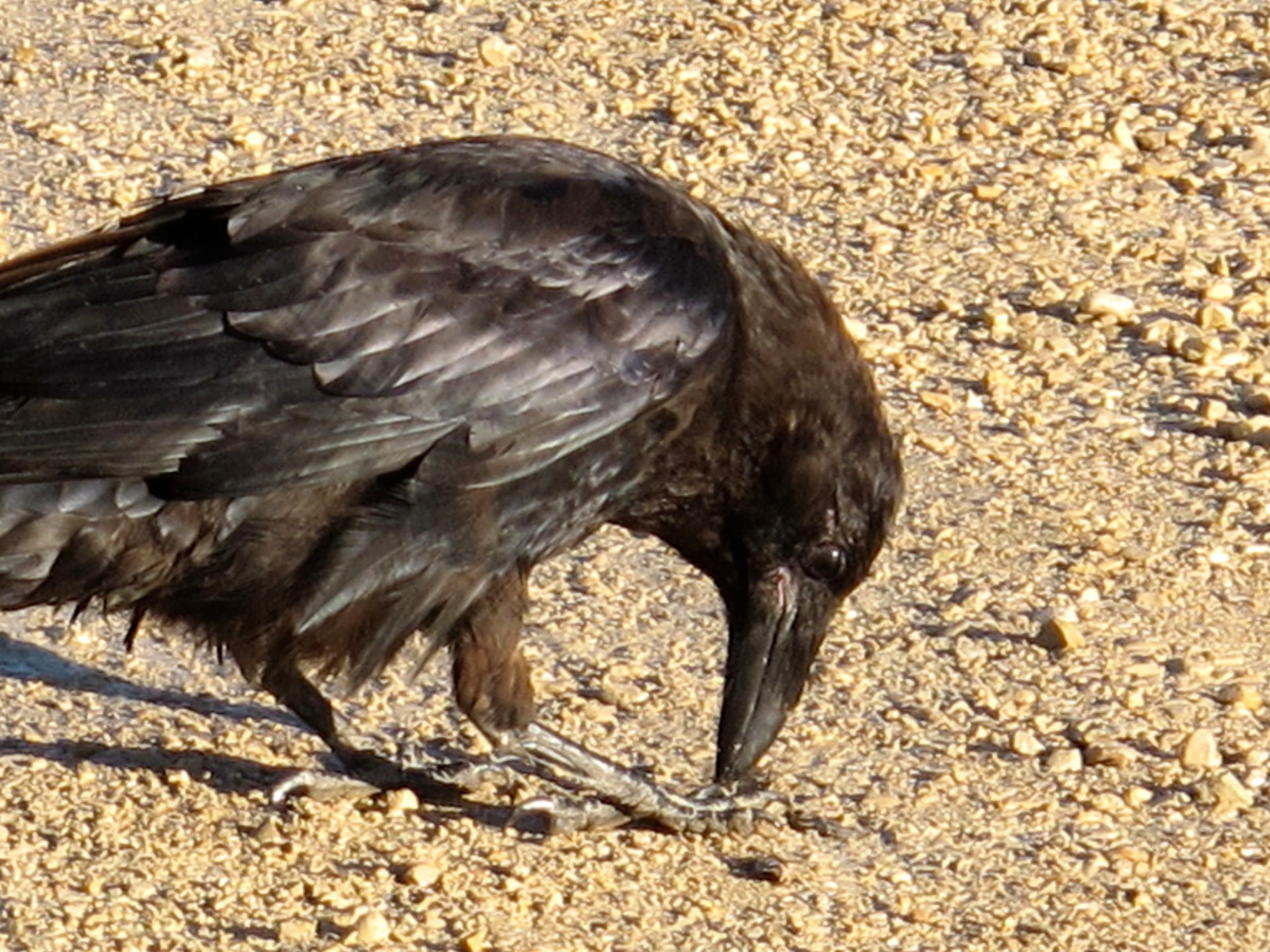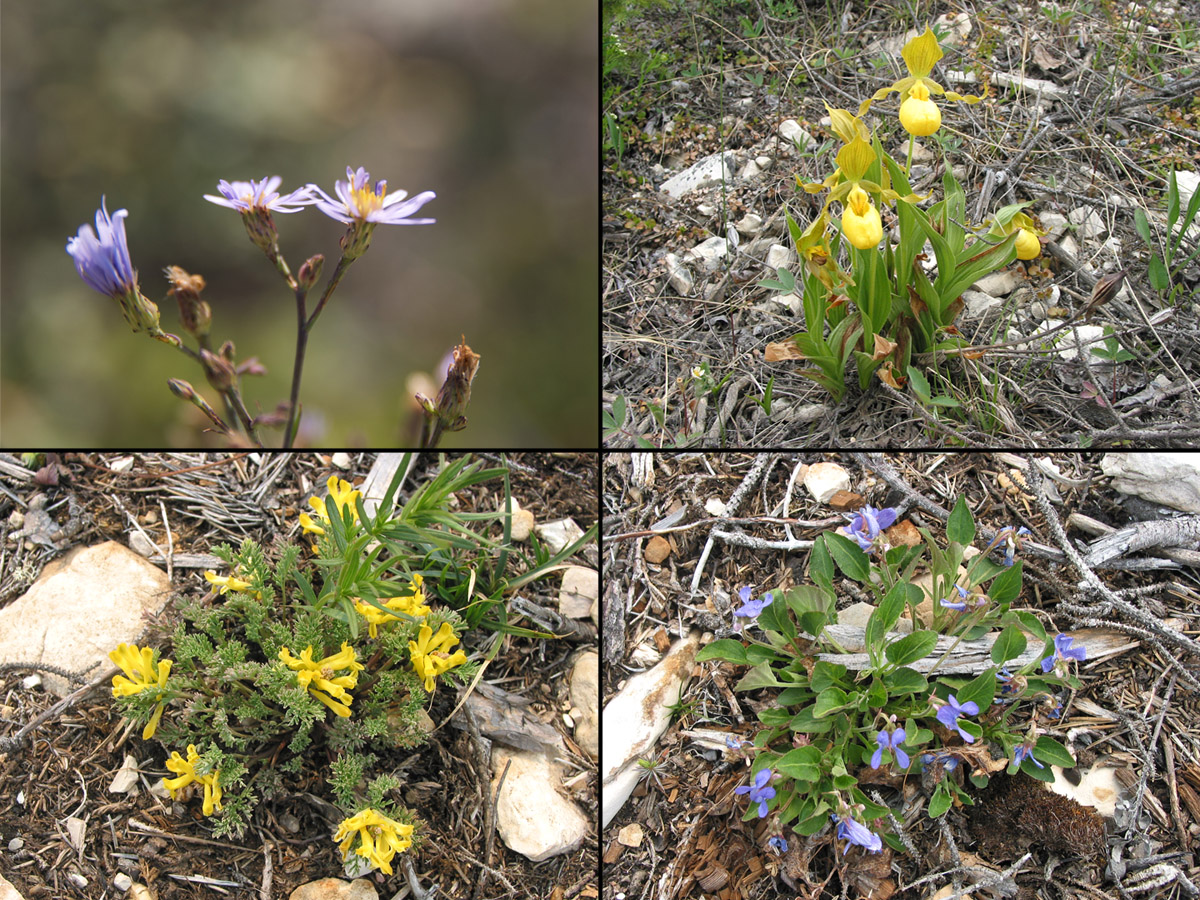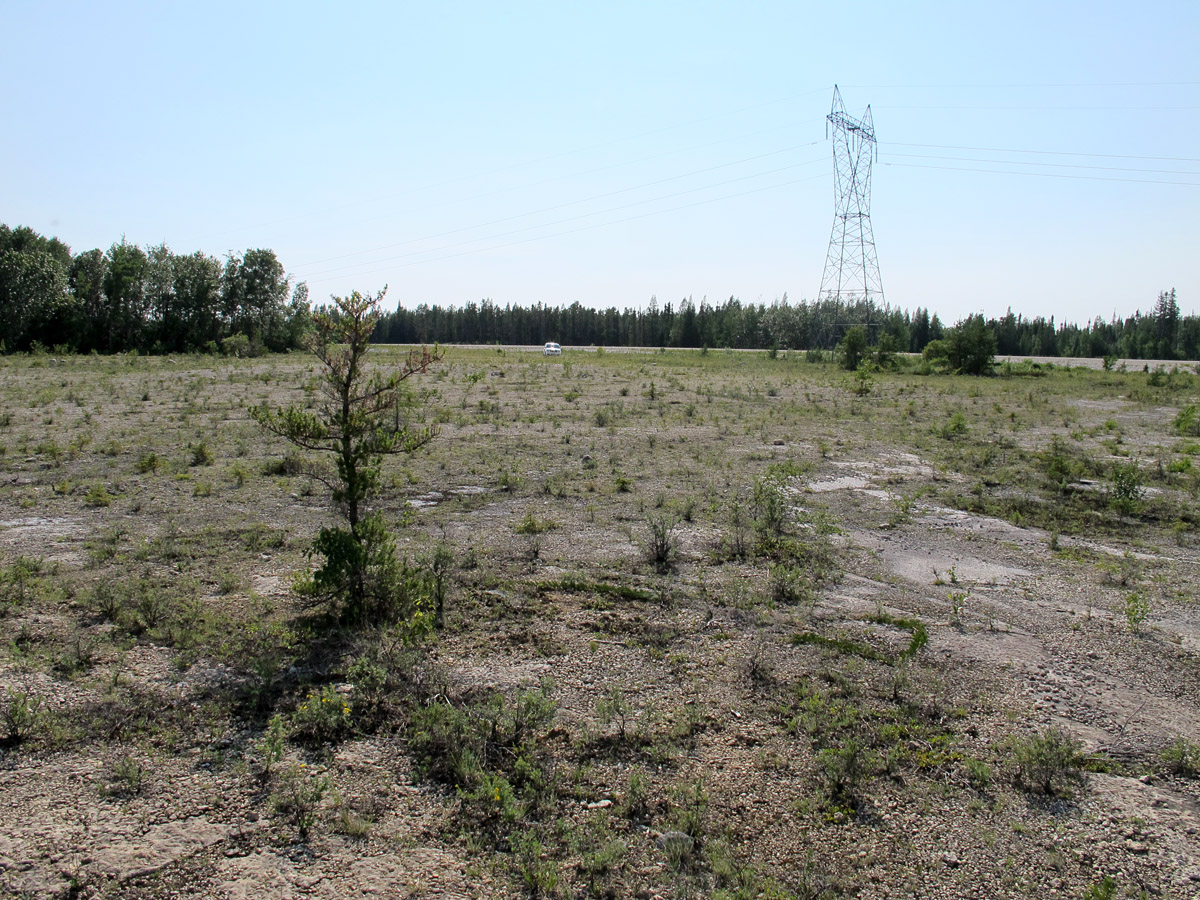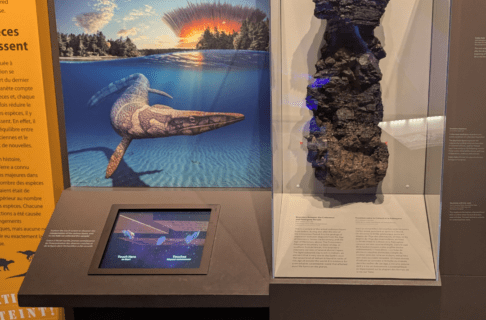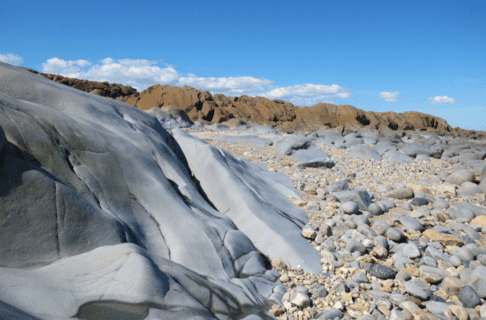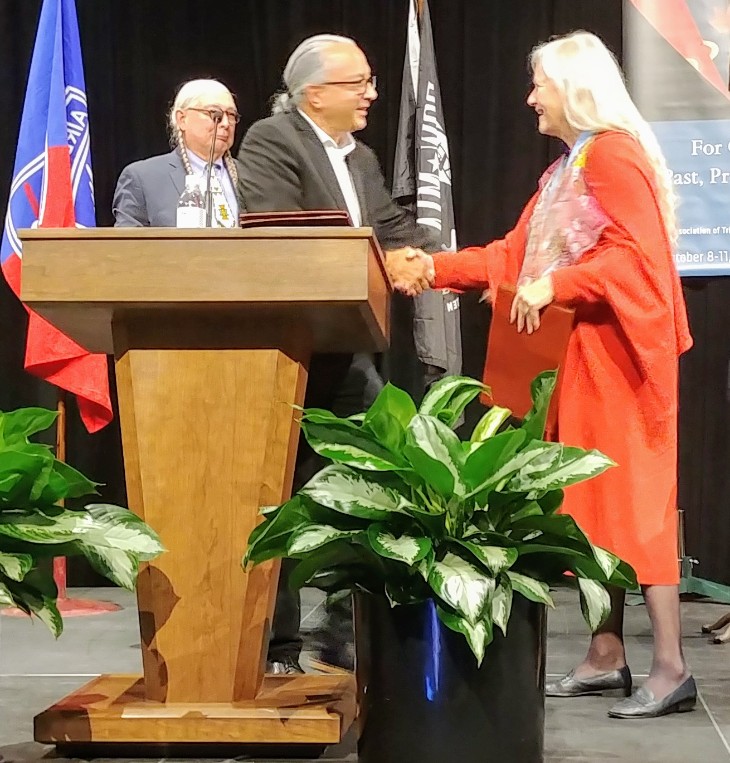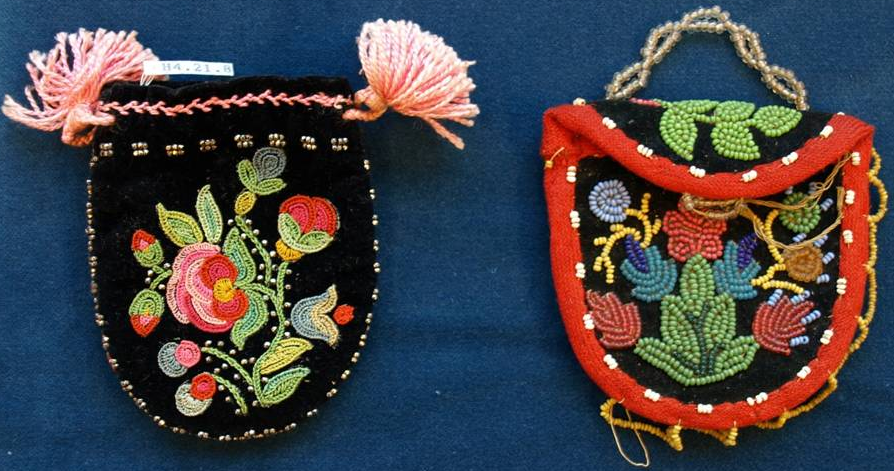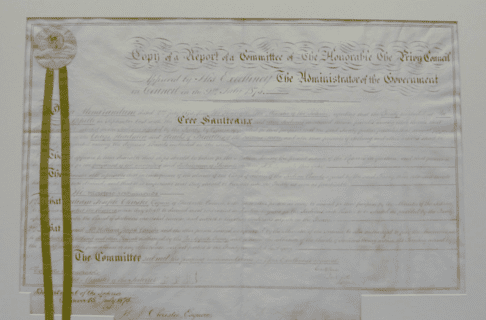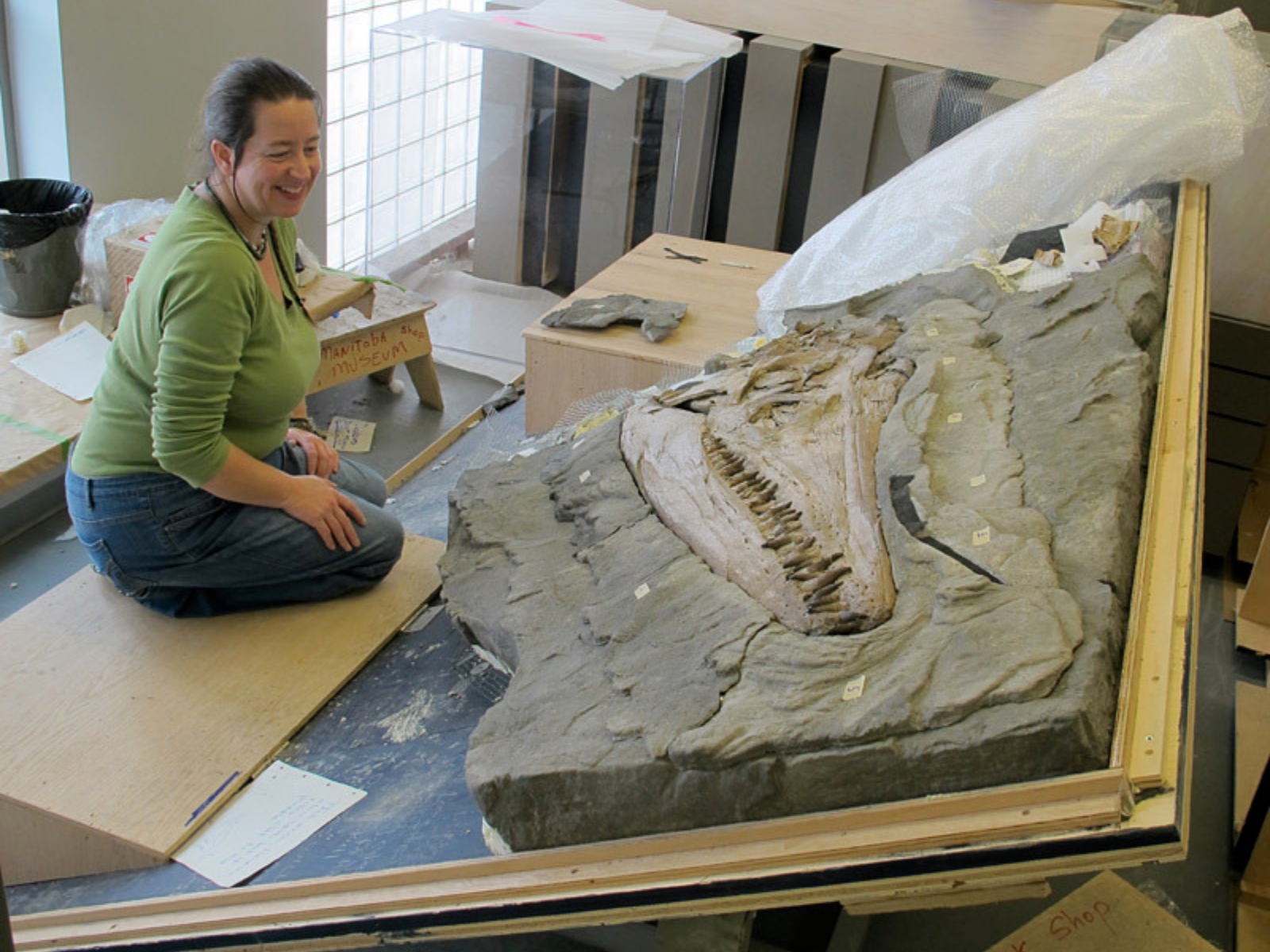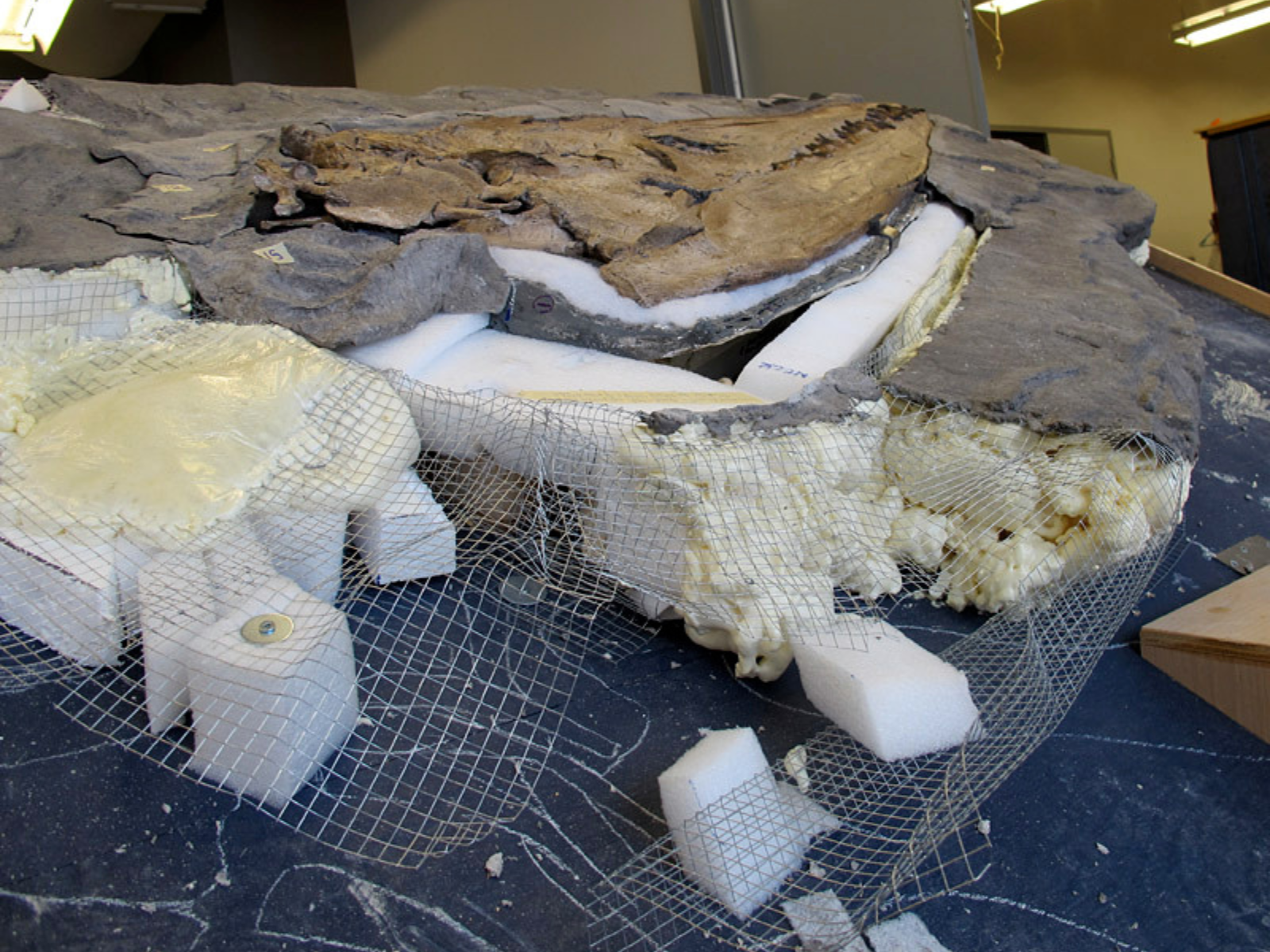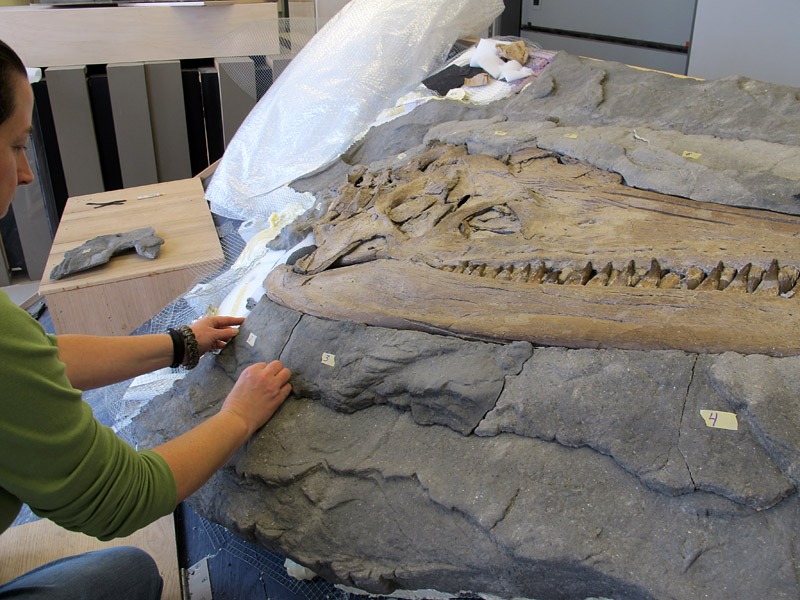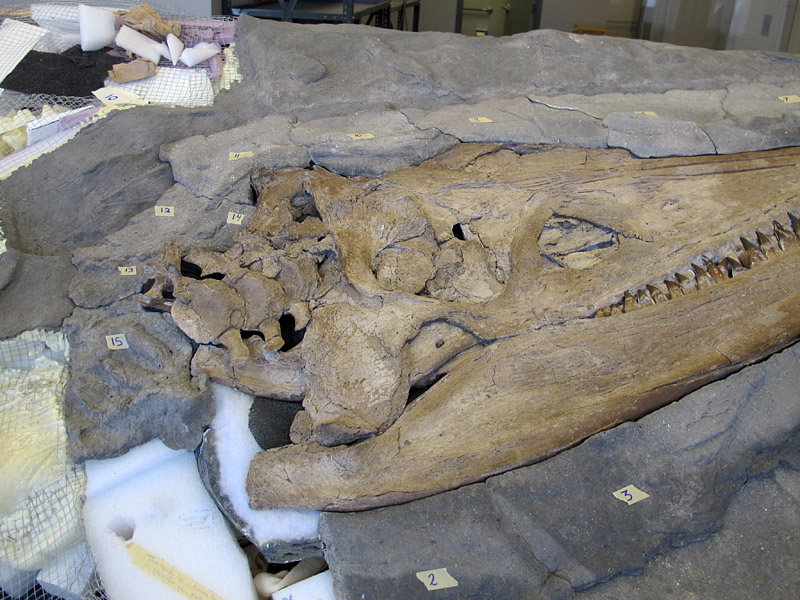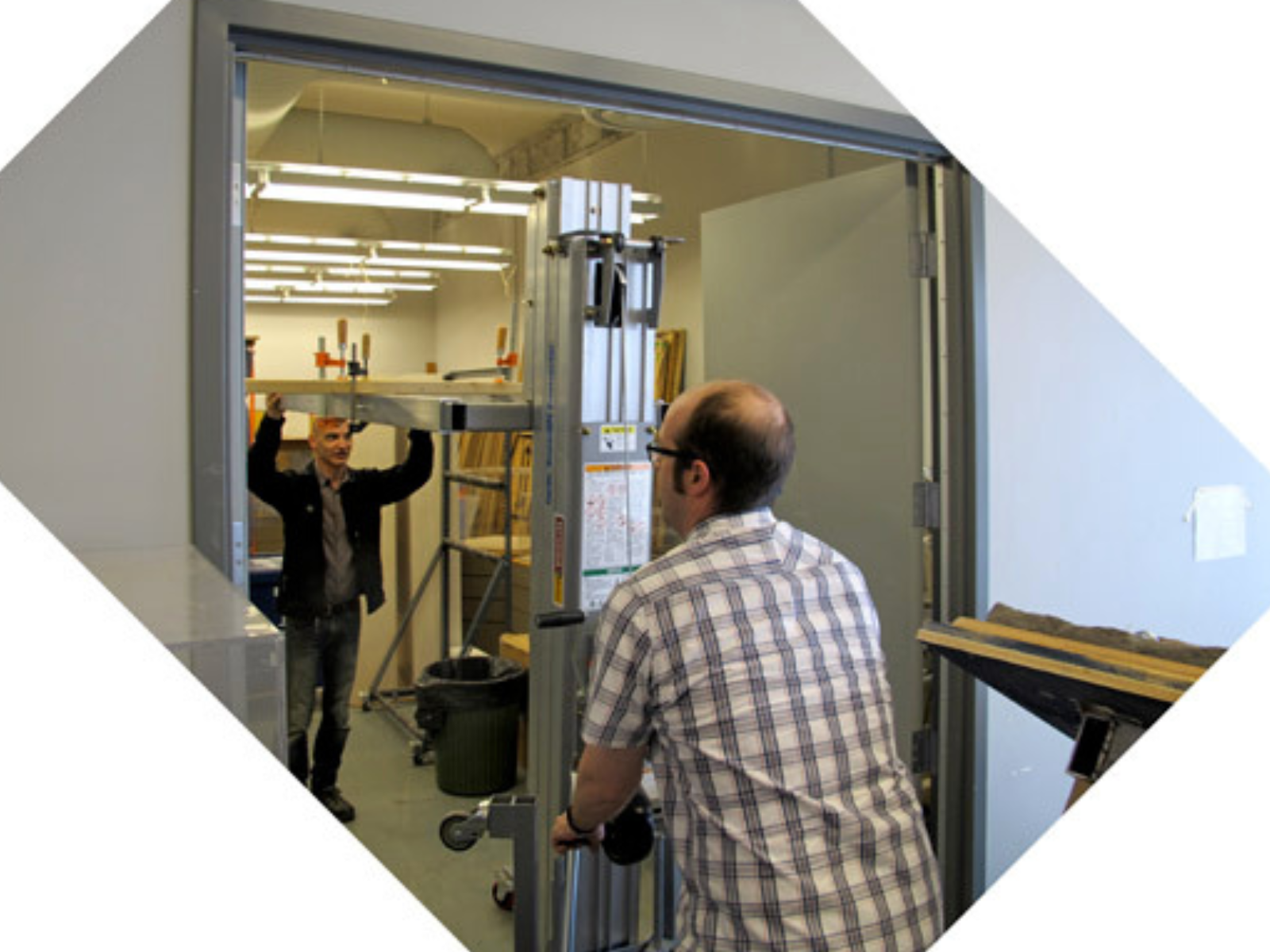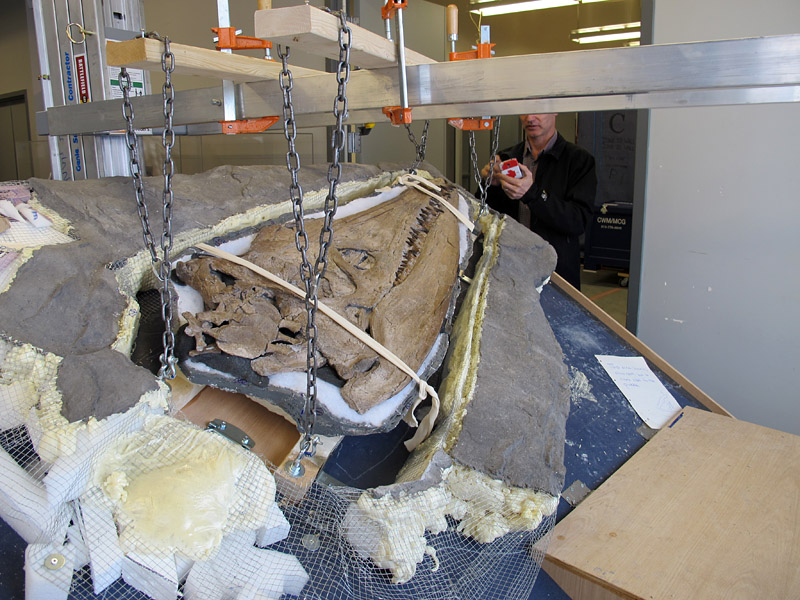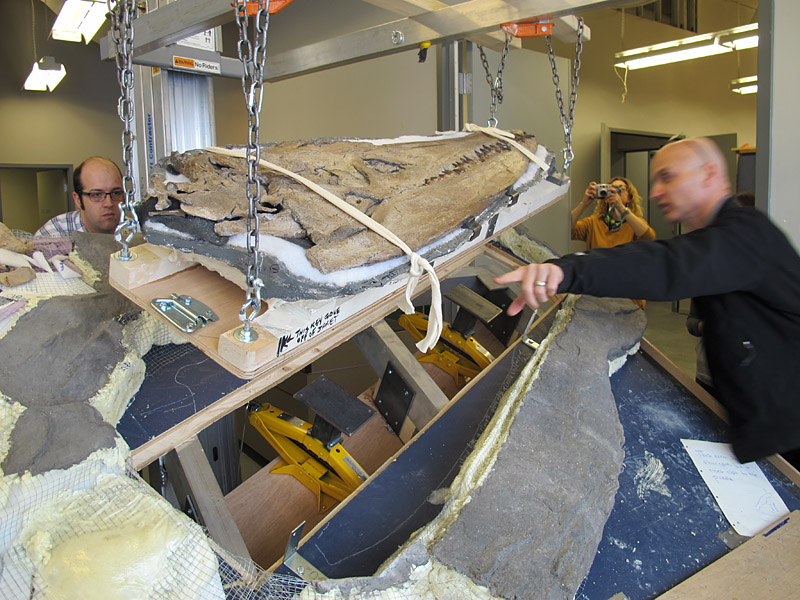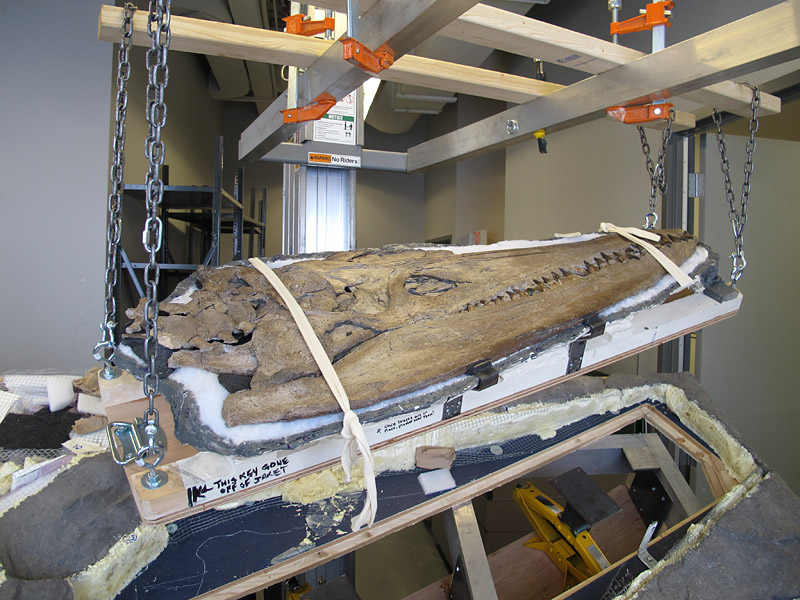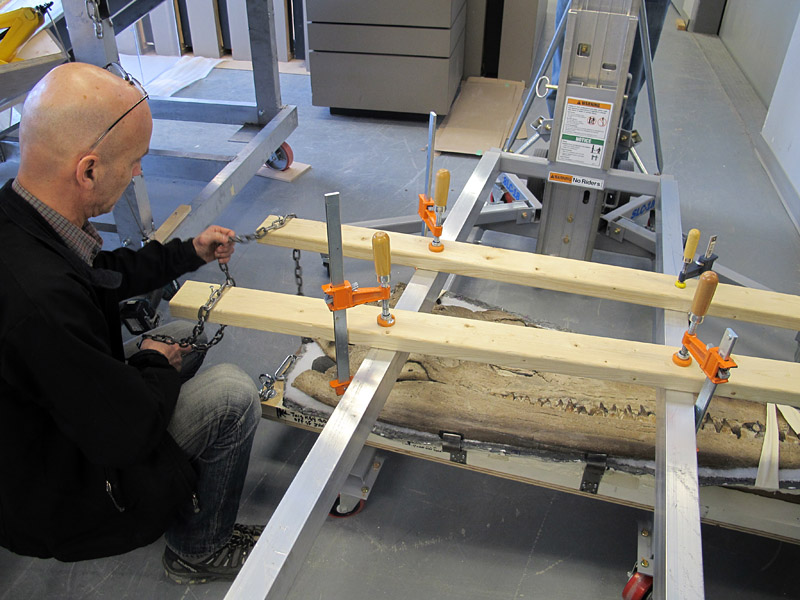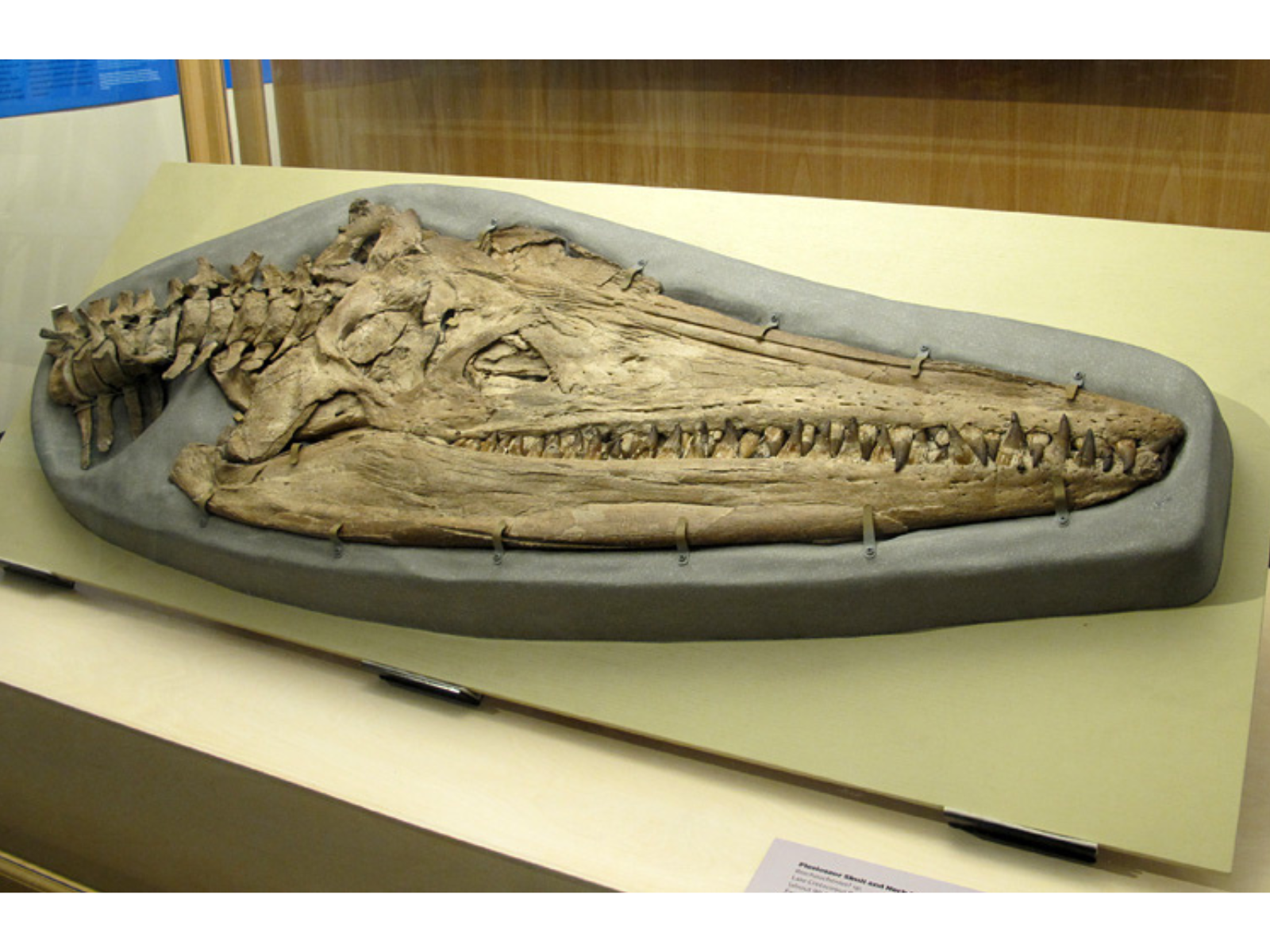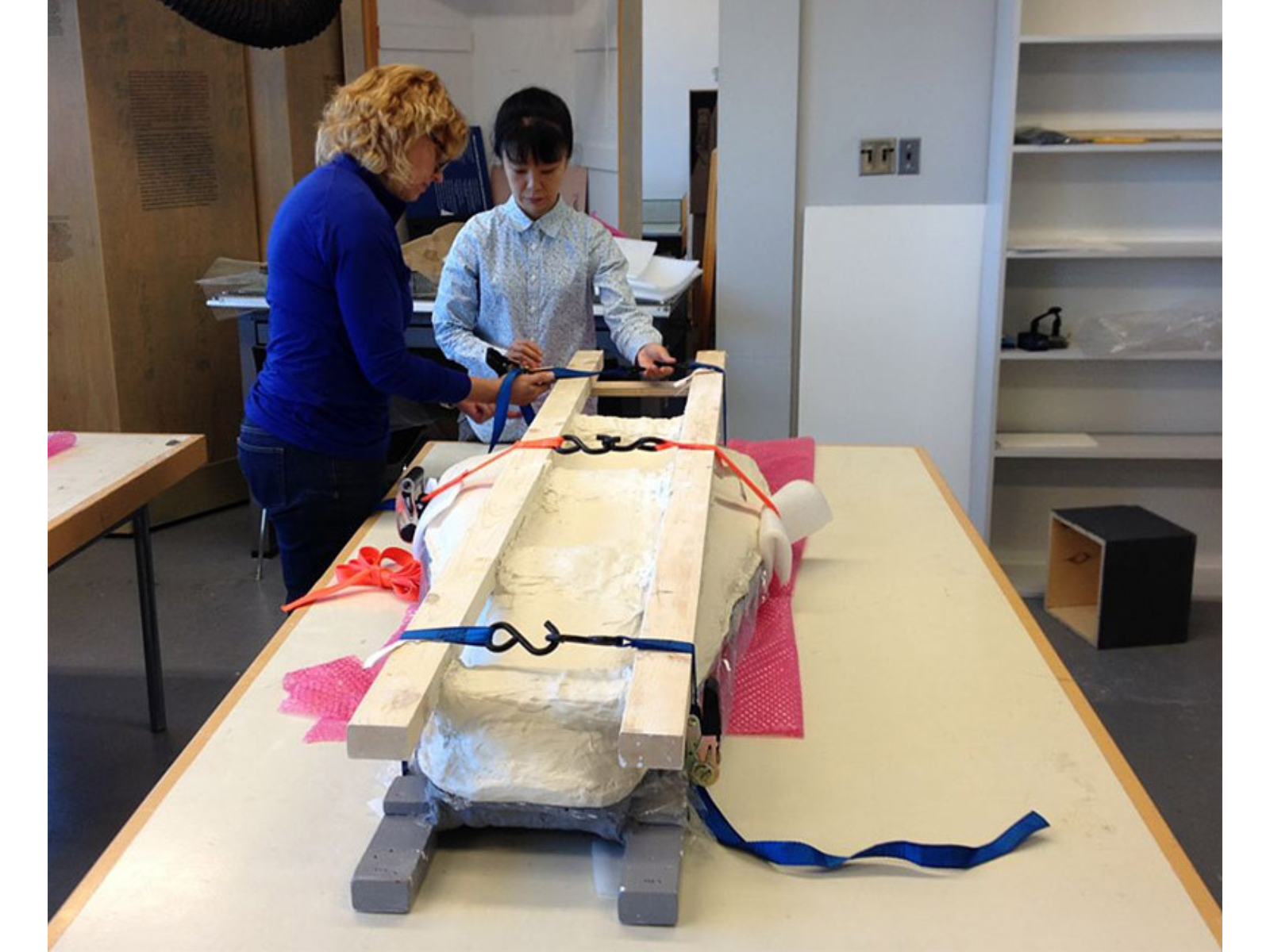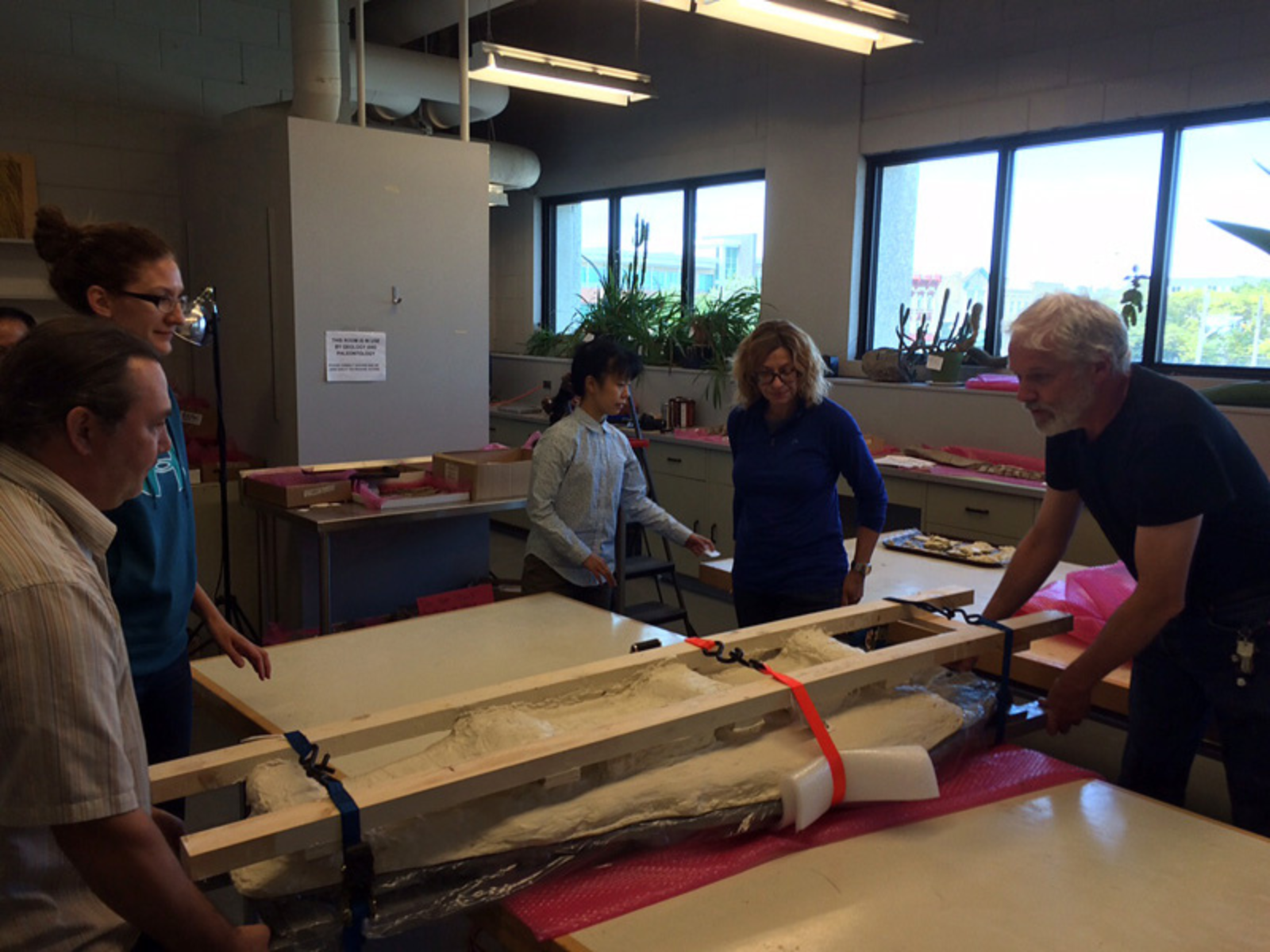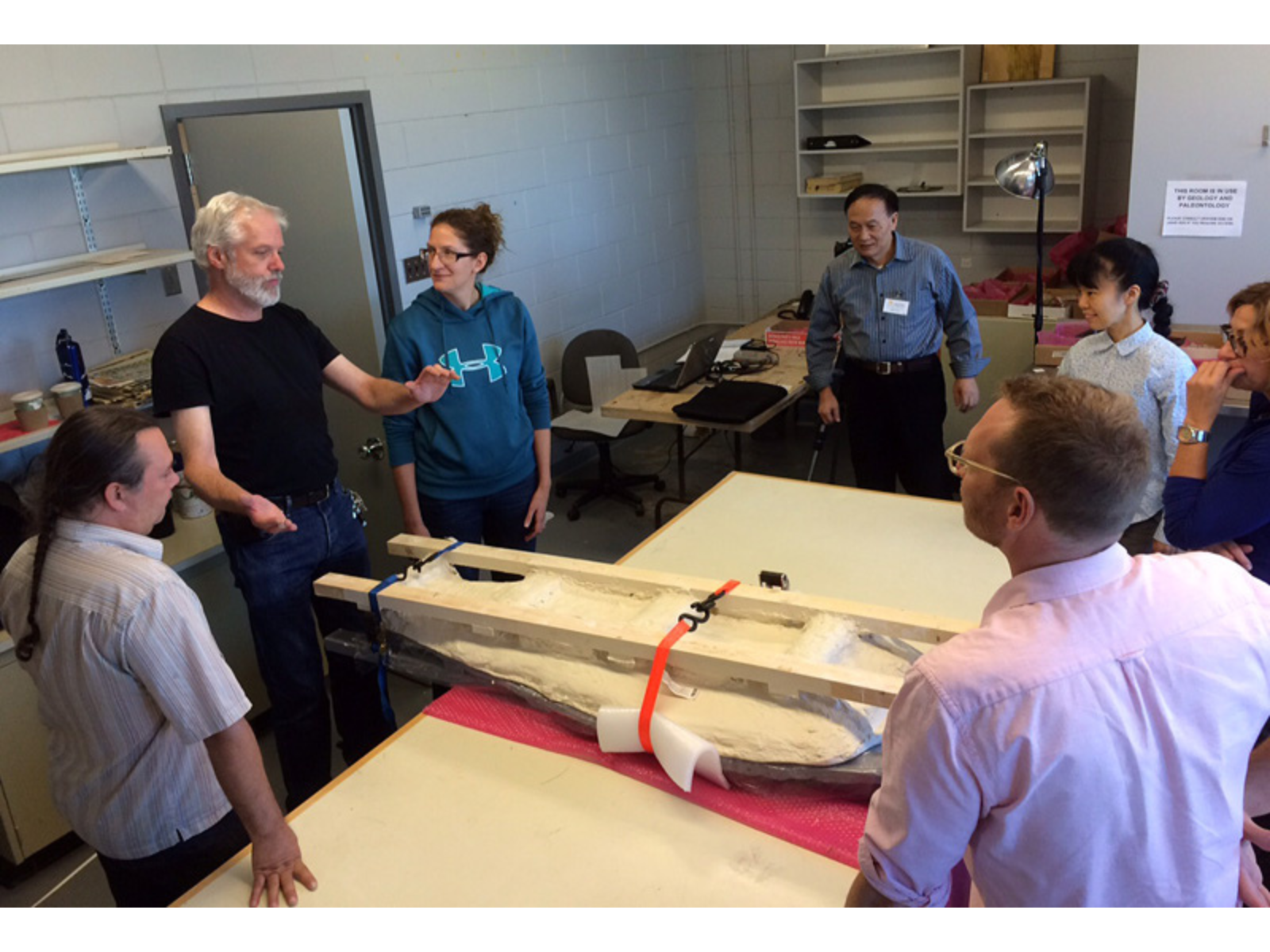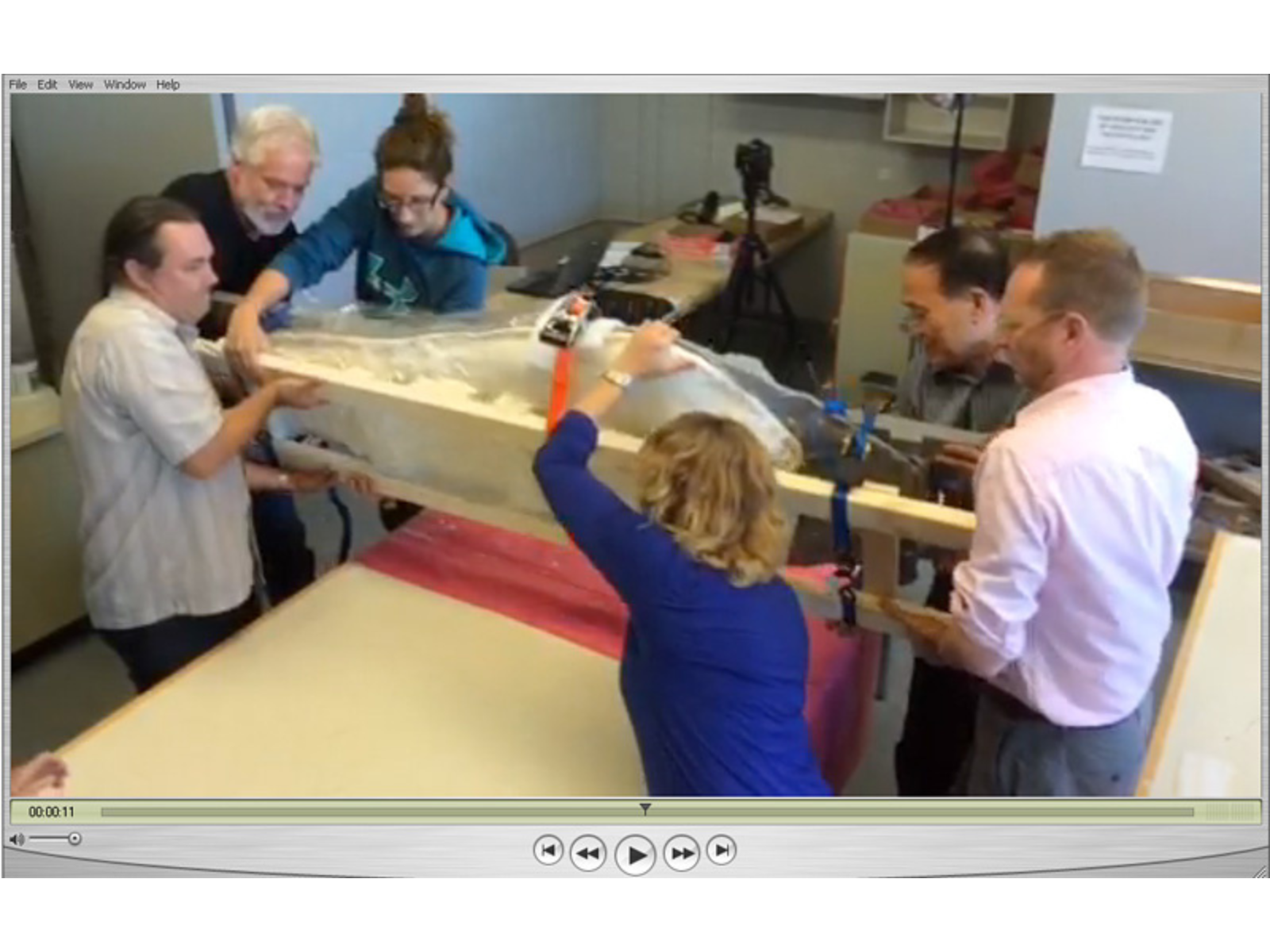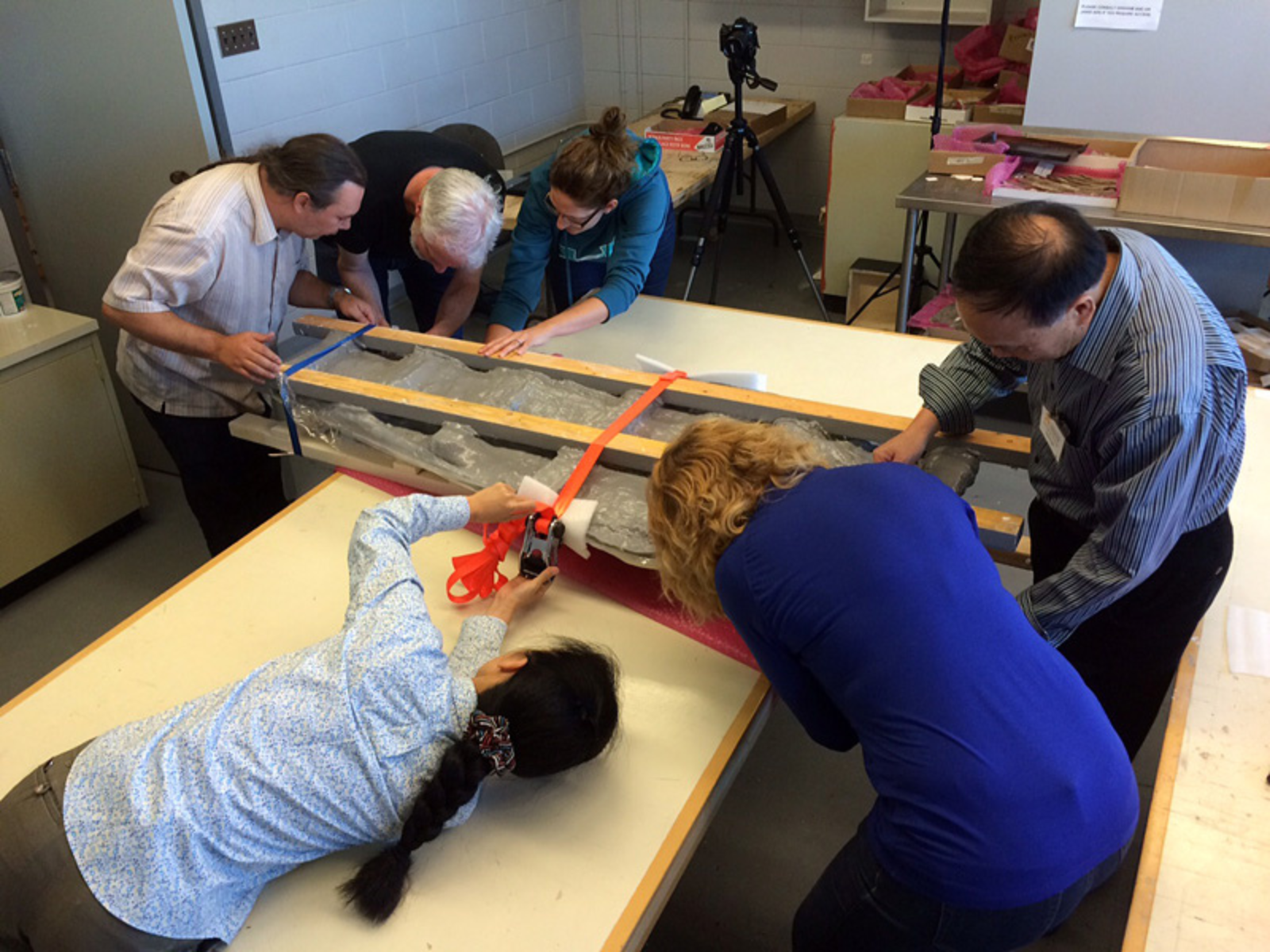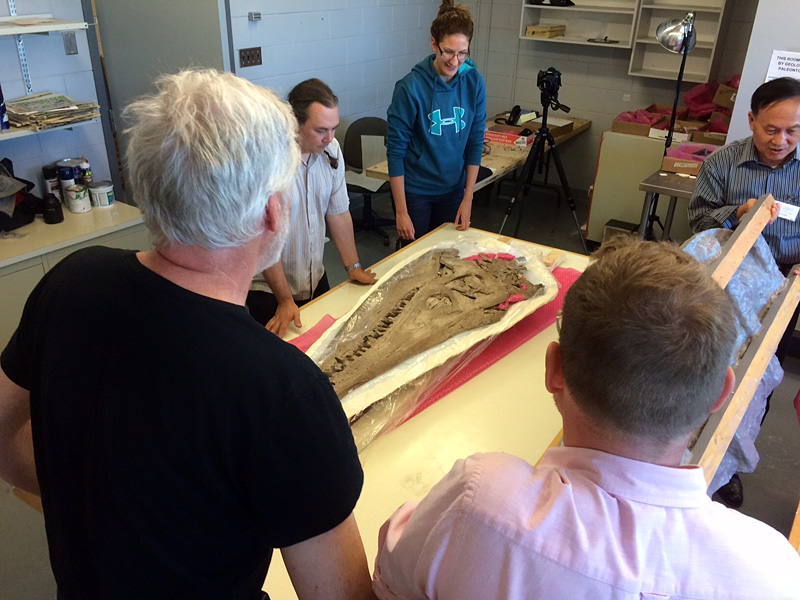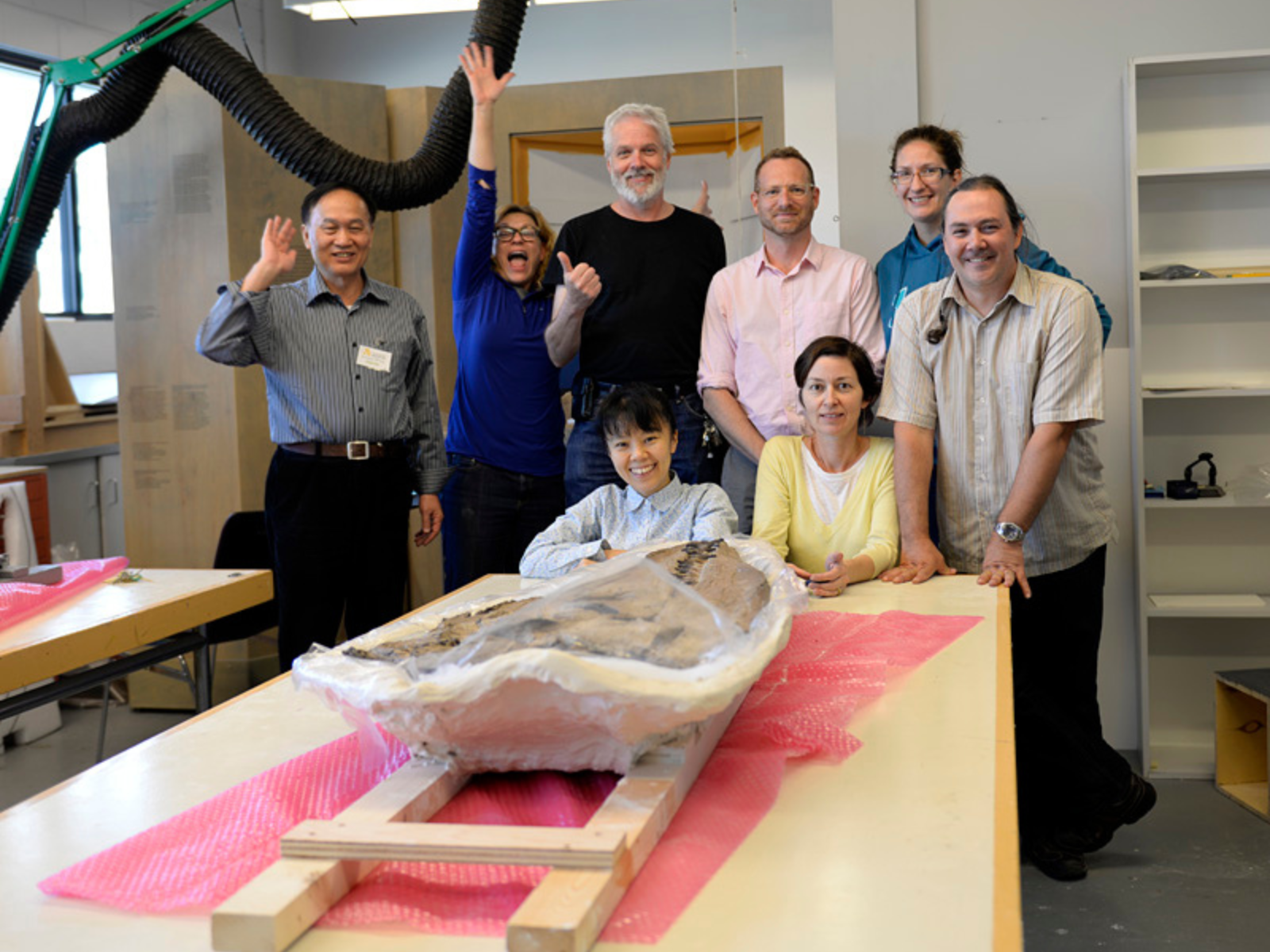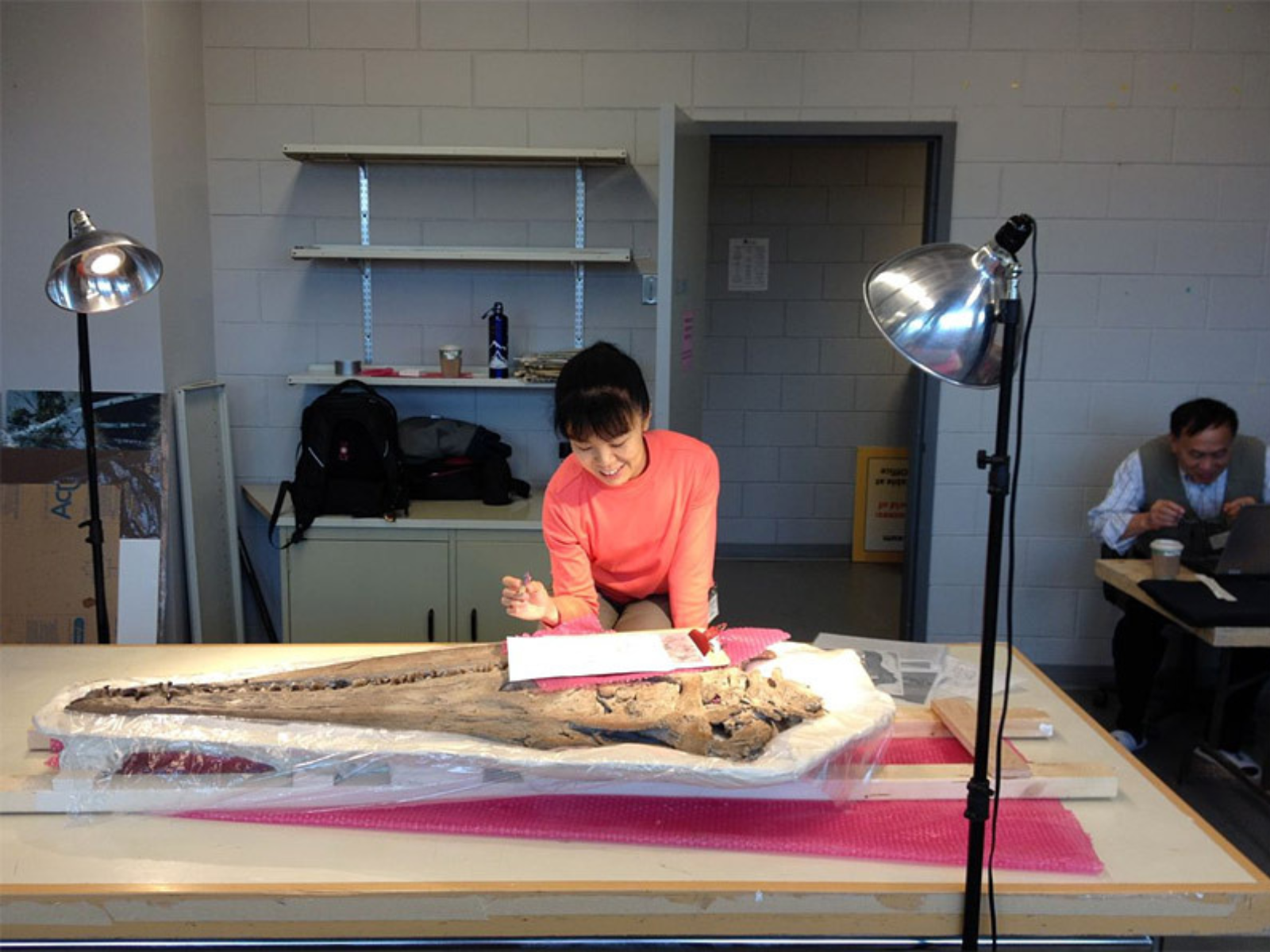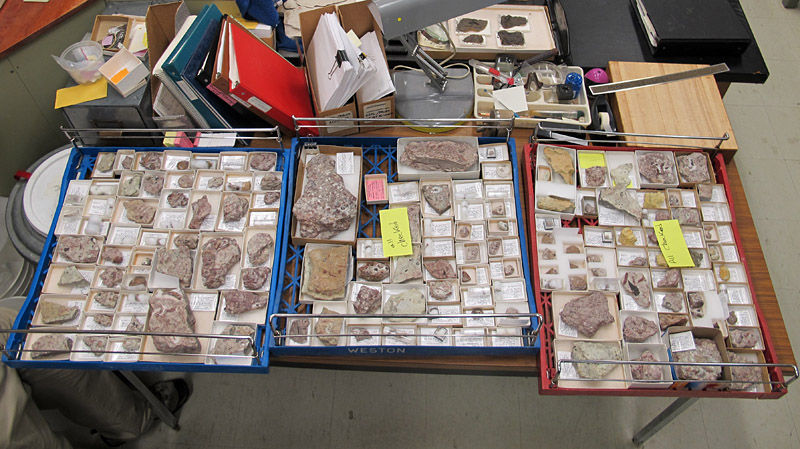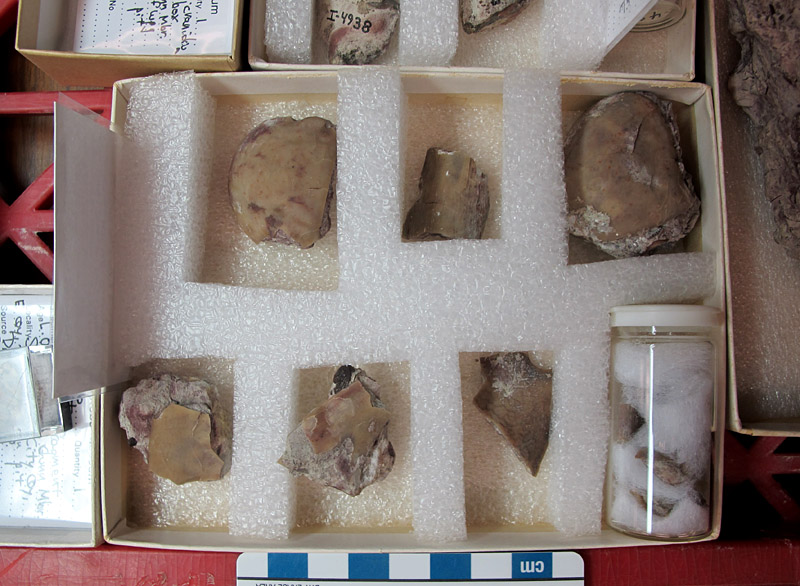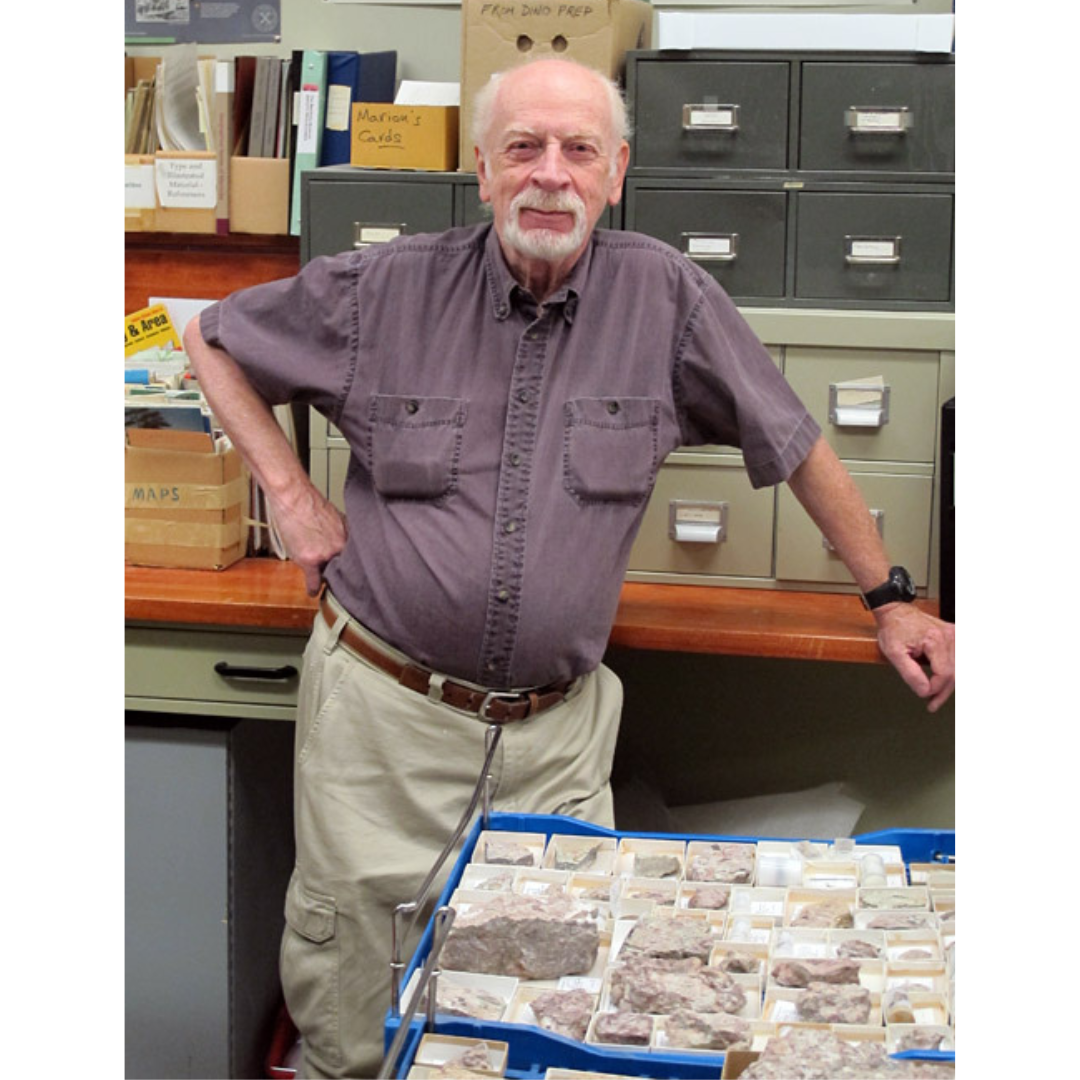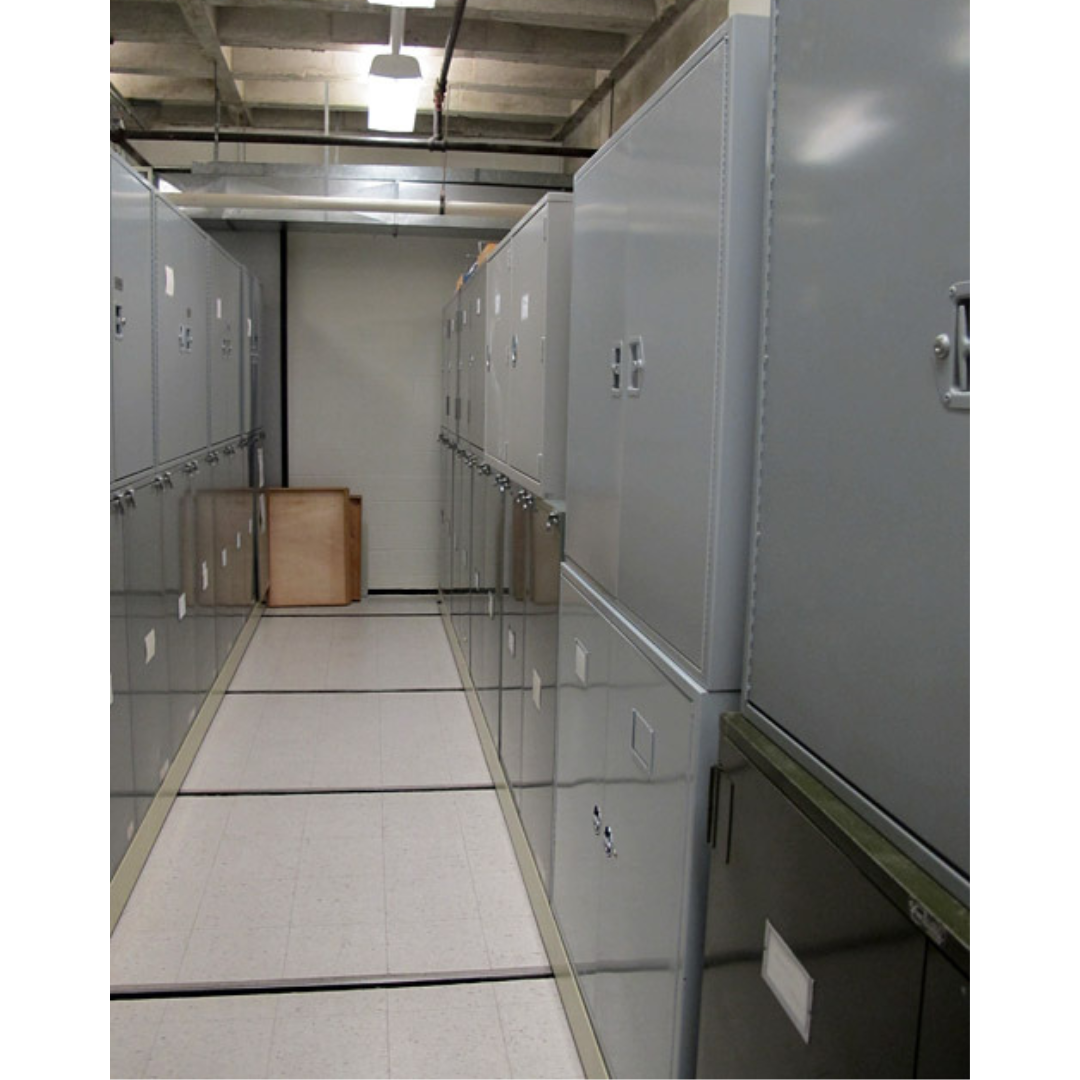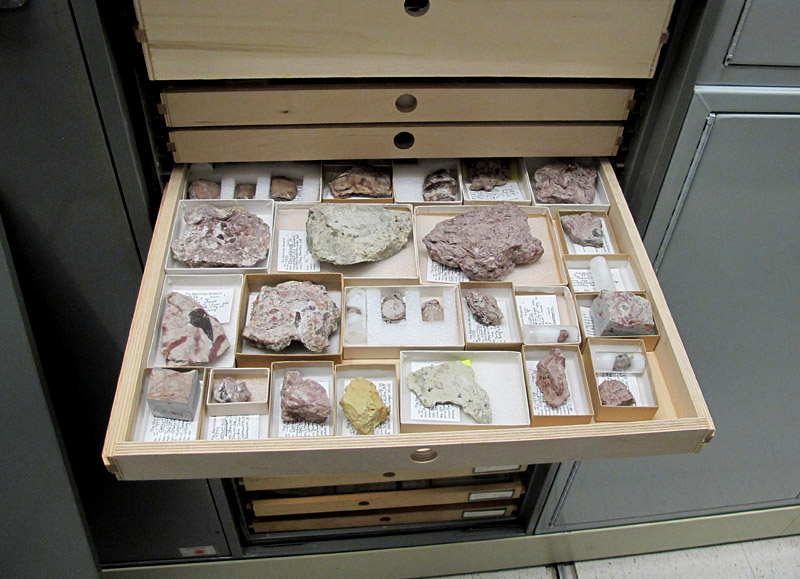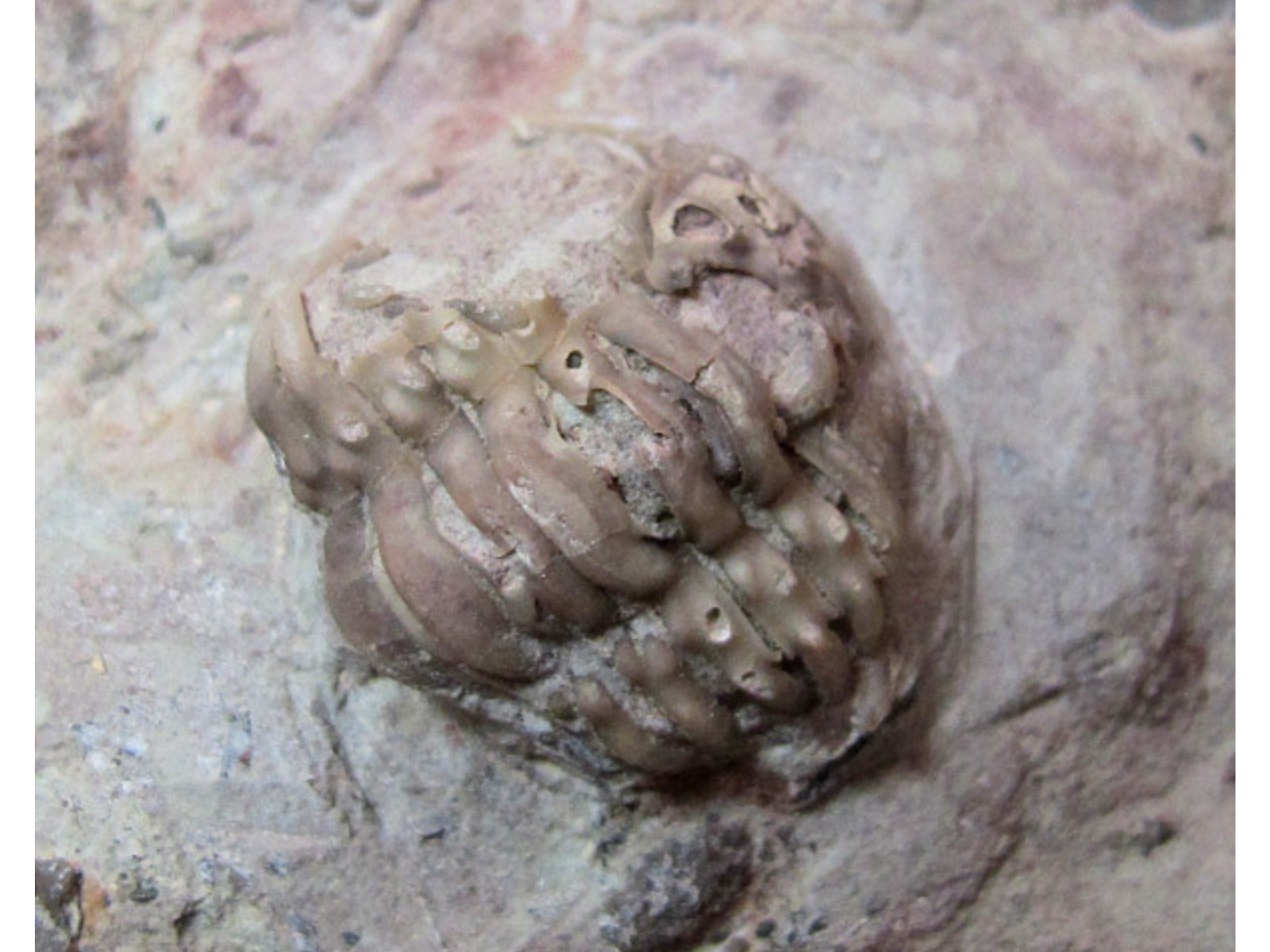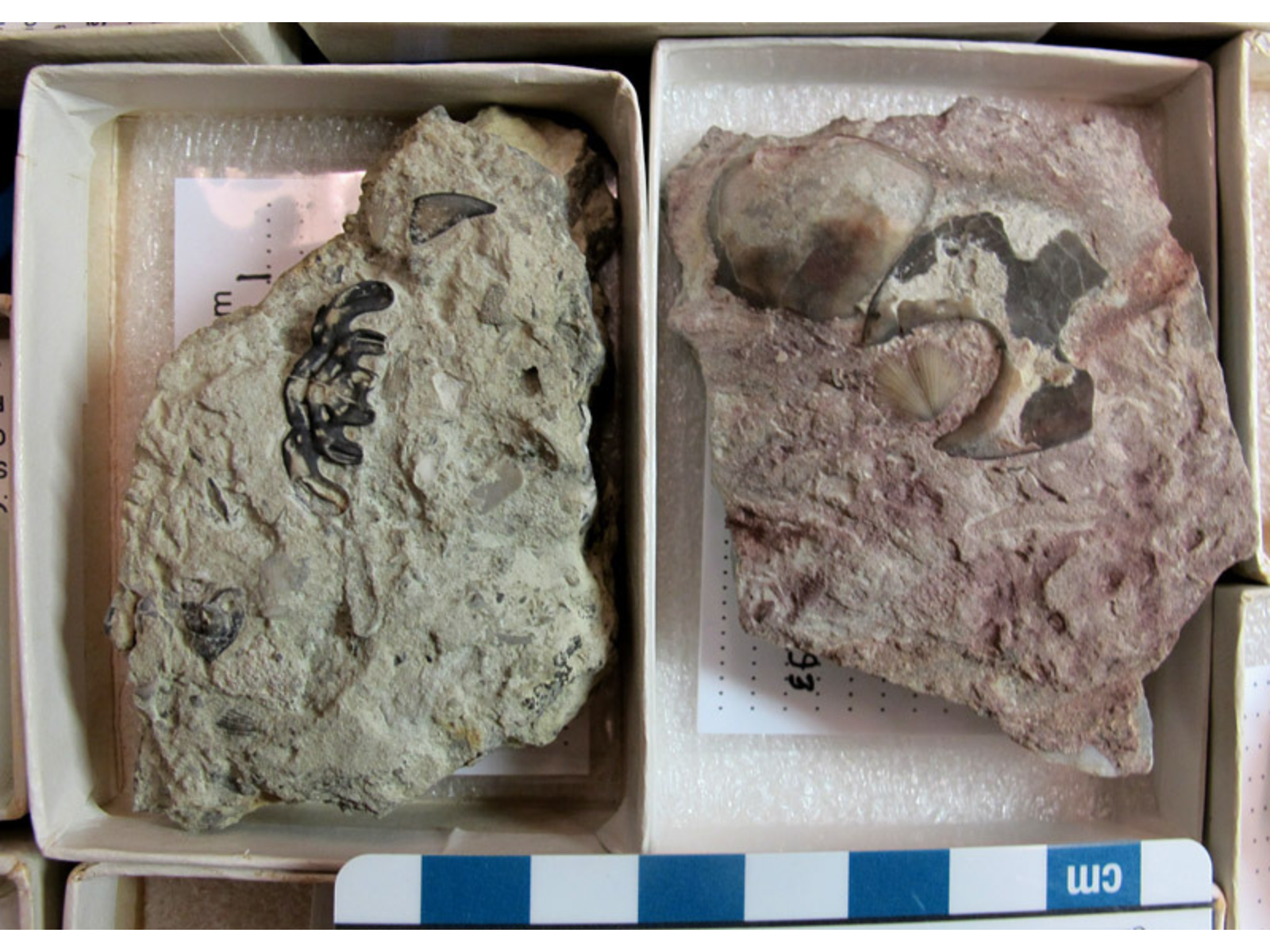Winnipeg, MB (January 23, 2020): Update: the Tribute Gala will now take place virtually on April 15, 2021. The Manitoba Museum will honour the leaders of tomorrow at its annual Tribute Gala on April 23, 2020. This year, for it’s 50th anniversary, the Museum has taken a new approach to its annual Tribute Gala.
“Traditionally, the gala evening has celebrated the contributions of well-established individuals and organizations whose leadership and philanthropy have shaped our city and our province,” says James Cohen, Chair of the Museum’s Board of Governors. “This year, as we celebrate our last 50 years and consider our future, the Museum asked past Tribute honourees to identify leaders of tomorrow. These people have the vision and drive to propel Manitoba’s future for the next 10, 20, or even 50 years.”
To determine these leaders, past honourees and the Museum Board of Governors considered who might be community champions that reflect the makeup of Manitoba – the next generation of visionaries, philanthropists and community leaders. The following five dedicated and influential individuals were selected.
 ABDIKHEIR AHMED has extensive experience working with immigrant and refugee communities in Winnipeg’s inner city and is a passionate advocate for immigrants and refugees in Canada. He is the Director of the Immigration Partnership Winnipeg (IPW) and previously served as the Executive Director of the Immigrant and Refugee Community Organization of Manitoba (IRCOM) Inc.
ABDIKHEIR AHMED has extensive experience working with immigrant and refugee communities in Winnipeg’s inner city and is a passionate advocate for immigrants and refugees in Canada. He is the Director of the Immigration Partnership Winnipeg (IPW) and previously served as the Executive Director of the Immigrant and Refugee Community Organization of Manitoba (IRCOM) Inc.
Abdi has received numerous awards for his work creating life-changing opportunities for new Canadians. He was a CBC Manitoba Future 40 Finalist in 2014 and is the recipient of the Order of the Buffalo Hunt, one of the Province of Manitoba’s highest honors, for his work advocating for refugees and building bridges with Canadian communities.
 HILARY DRUXMAN dedicates her unwavering passion, artistry and expertise to jewelry design and handcrafted production. She channeled this drive to create the Good Works initiative, designing unique jewelry for local and national charities, with more than $500,000 in profits from sales donated back to them.
HILARY DRUXMAN dedicates her unwavering passion, artistry and expertise to jewelry design and handcrafted production. She channeled this drive to create the Good Works initiative, designing unique jewelry for local and national charities, with more than $500,000 in profits from sales donated back to them.
Passion and perseverance, talent and skill, strong leadership and an unfailing sense of humor are the cornerstones of Hilary’s success. She established Hilary Druxman Design in 1994 and her work has been showcased in Toronto, New York and global markets; and featured in fashion and industry magazines, retail stores and advertising in Canada, the United States, Europe and Asia.
 JAIMIE ISAAC is a Winnipeg-based curator and interdisciplinary artist, and a member of Sagkeeng First Nation. She holds a degree in Art History and a Masters of Arts, with research focus on Indigenous Curatorial Praxis, and methodologies in decolonizing and Indigenizing.
JAIMIE ISAAC is a Winnipeg-based curator and interdisciplinary artist, and a member of Sagkeeng First Nation. She holds a degree in Art History and a Masters of Arts, with research focus on Indigenous Curatorial Praxis, and methodologies in decolonizing and Indigenizing.
At the Winnipeg Art Gallery, Jaimie has curated and co-curated many shows featuring Indigenous artists exploring their current and past experiences through art. She has also independently curated and worked on national collaboration projects.
An advocate for Indigenous representation, Jaimie is an advisor for many organizations. She was one of the Canada Council’s Indigenous delegation at the 2017 Venice Biennale, the International Curatorial Exchange in Finland, and EXPO Chicago. Jaimie has contributed content related to Indigenous creative expression to various art publications and projects. She has also presented her research at symposiums and conferences in North America and Europe.
NIIGAAN SINCLAIR commented in and wrote for international and national print media for years before joining the Winnipeg Free Press as a columnist in 2018. In May of 2019, his work at the Free Press was recognized with the top columnist award by the prestigious National Newspaper Awards.
Niigaan, who is Anishinaabe-born and grew up in Treaty One territory, is also an associate professor at the University of Manitoba. He is also a recovering high school teacher.
 HANNAH TAYLOR began raising funds and awareness for Canada’s homeless at age 7. She founded The Ladybug Foundation and raised millions of dollars for more than 65 shelters, food banks, missions, and other organizations across Canada that support people who are hungry, homeless, and living on the street.
HANNAH TAYLOR began raising funds and awareness for Canada’s homeless at age 7. She founded The Ladybug Foundation and raised millions of dollars for more than 65 shelters, food banks, missions, and other organizations across Canada that support people who are hungry, homeless, and living on the street.
The Ladybug Foundation Education Program developed and distributed a multimedia classroom resource to empower young people to make a difference in their world. That project evolved into a free website to access video, music, lessons, and other elements for use in schools.
Hannah had January 31 declared National Red Scarf Day in Canada to raise awareness of homelessness issues, together with her annual Walk a Mile in Their Shoes fundraisers.
She has spoken at more than 350 conferences and events in around the world and her simple message of caring and sharing has been spread to millions of people. Hannah has been recognized for her influence with service and humanitarian awards and received the Queen’s Diamond Jubilee Medal.
The Manitoba Museum is thrilled to have James Richardson & Sons, Limited as the Presenting Sponsor of the 2020 Tribute Gala.
“Honouring the leaders of tomorrow at the Tribute 2020 Gala is an excellent example of how the Manitoba Museum has devoted 50 years to connecting our past to our future,” says Hartley Richardson, President & Chief Executive Officer of James Richardson & Sons, Limited, noting that his late father, George T. Richardson, was honoured at the first Tribute Gala in 2005. “JRSL is proud to continue our long-standing support of the Manitoba Museum as it educates and enriches our community.”
Proceeds from the Tribute Gala support the Manitoba Museum’s Access for All community initiative, which provides complimentary Museum visits for more than 35,000 individuals living with special circumstances each year. Contributions to the 2020 Tribute Gala will make an impact by helping the Museum create memorable learning experiences that build pride in Manitoba and tell the province’s essential stories, bridging language, culture, ethnicity, and age.
2020 Tribute Gala Honourary Committee
Honourary Chair: James E. Cohen
Emcee: Raif Richardson
Members:
Gail Asper
Doneta Brotchie
Bob Cox
Albert El Tassi
Susan Glass
Diane Gray
Gregg Hanson
Mary Hanson
Don Leitch
Nick Logan
Susan Millican
Hartley Richardson
H. Sanford Riley
Paul Samyn
Murray Taylor
Arni Thorsteinson
The 16th annual Tribute Gala will take place in Alloway Hall on April 23, 2020. For information about reserving tables, buying tickets, sponsorship opportunities, and/or to make a donation to the Access for All community initiative, please contact Lynne Stefanchuk 204-988-0629 or email lstefanchuk@manitobamuseum.ca.
Past Tribute Honourees – Winnipeg Free Press (2019); Abdo (Albert) El Tassi & Samira El Tassi (2018); Gregg & Mary Hanson (Ambassadors for Canada 150 Celebration in (2017); Sanford H. Riley (2016); The Winnipeg Foundation (2015); Doug Harvey (2014); Susan Lewis & United Way Winnipeg (2013); Kerry Hawkins (2012); Ambassador Gary Doer (2011); The Chipman Family (2010); Babs & Gail Asper (2009); Kevin & Els Kavanagh (2008); Lawrie Pollard (2007); Murray Taylor & Investors Group Inc. (2006); and George T. Richardson (2005).
– 30 –
For interviews or more information, contact:
Jody Tresoor
Communications Specialist, Manitoba Museum
w: 204-988-0614 c: 204-228-2374
jtresoor@manitobamuseum.ca





